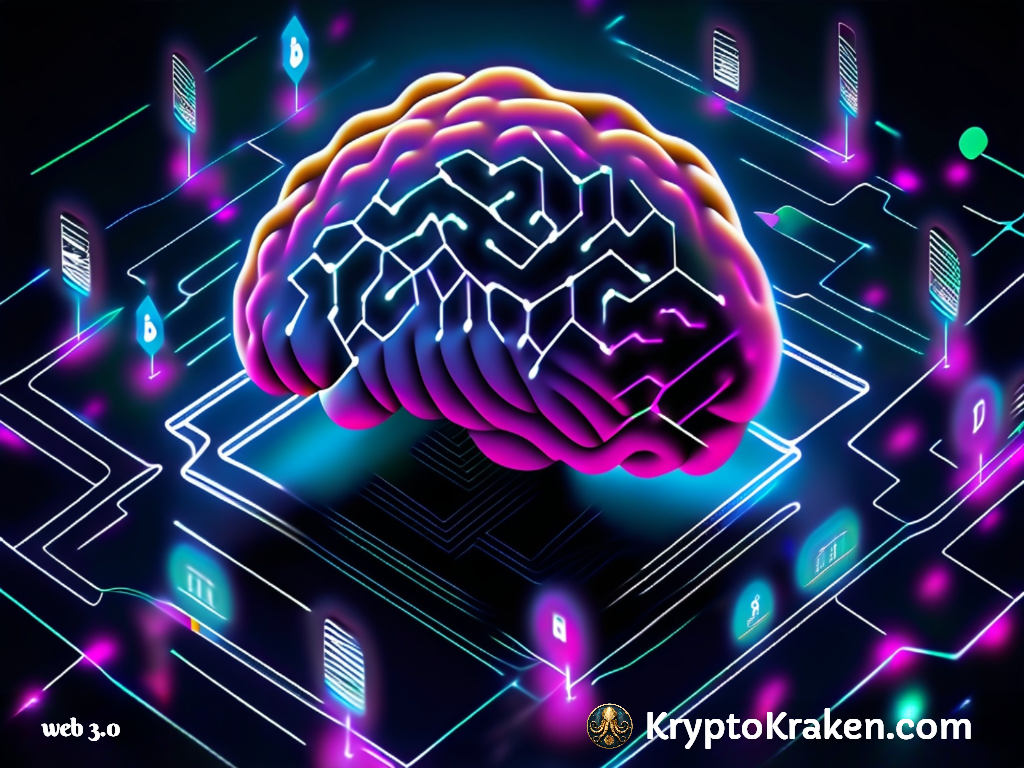
- September 12, 2023
- Dennis Frank
- 1
Table of Contents
The internet has transformed our lives in countless ways, revolutionizing the way we communicate, access information, and conduct business. As technology continues to advance, so too does the evolution of the web. Web 3.0 is the next phase in this transformative process, promising even greater capabilities and opportunities. In this article, we will delve into the concept of Web 3.0, explore its defining features, discuss its potential impact, and address the challenges and concerns associated with its implementation. For more of what this exciting technology is, see What is Web 3.0 and What Does it Mean?
Understanding the Evolution of the Web
Before diving into the specifics of Web 3.0, it is crucial to understand the evolution of the web as a whole. Web 1.0 marked the birth of the world wide web, primarily focused on static websites that provided information in a one-way manner. However, with technological advancements and the rise of user-generated content, Web 2.0 emerged, bringing interactivity and collaboration to the forefront.
From Web 1.0 to 2.0: A Brief History
During the Web 1.0 era, users were passive consumers of content, with limited opportunities for participation and interaction. Websites were primarily designed for individuals to access information without actively contributing to its creation. The advent of Web 2.0 transformed this dynamic, turning the web into a dynamic platform that allowed users to generate and share their own content, fostering a new era of collaboration and user engagement.
With the introduction of blogging platforms, social media networks, and other interactive web applications, individuals gained the ability to create, share, and interact with content on a scale never seen before. This shift in focus from passive consumption to active participation paved the way for the emergence of Web 3.0.
The Emergence of Web 3.0
Web 3.0 represents the next phase in the evolution of the web, bringing together various technologies and concepts to deliver a more intelligent, connected, and user-centric online experience. This new era leverages advanced technologies such as artificial intelligence, machine learning, and the internet of things to transform the way we interact with information and services online. More can be learned on this subject by Exploring the Applications of Artificial Intelligence in Web 3.0
Defining Web 3.0
While Web 3.0 does not have a universally agreed-upon definition, it can be broadly described as a web that understands, organizes, and connects information in a more meaningful and contextually relevant manner. Let’s explore two key aspects that define Web 3.0.
Semantic Web
One of the core concepts of Web 3.0 is the semantic web, which aims to enrich web content with structured data that can be understood by machines. By labeling information with metadata and establishing logical relationships between different data points, the semantic web enables intelligent agents to interpret and process data more effectively.
For example, imagine a search engine that can provide accurate answers to complex questions by understanding the context and meaning behind the search queries. The semantic web empowers machines to navigate and comprehend the web in a manner that mimics human intelligence, allowing for more precise and relevant search results.
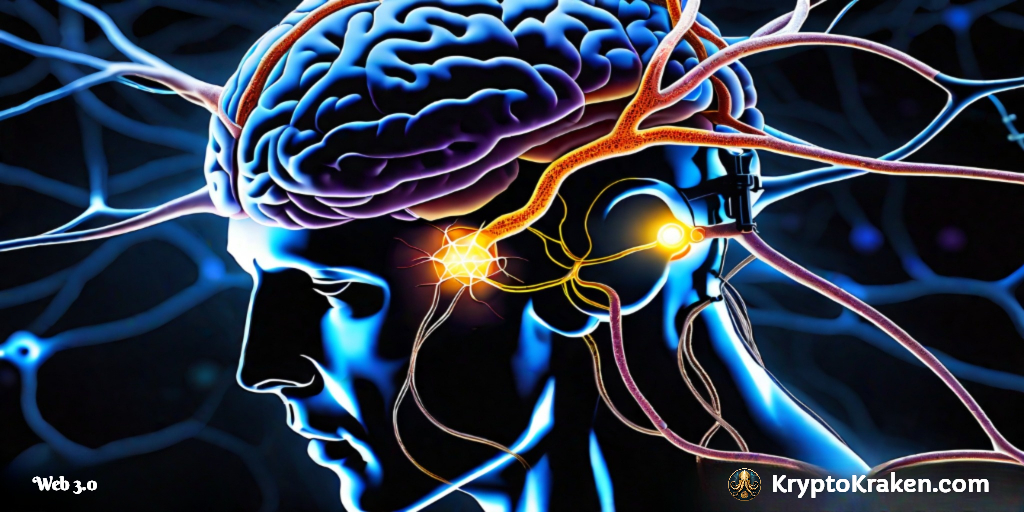
Artificial Intelligence and Web 3.0
Another crucial component of Web 3.0 is the integration of artificial intelligence (AI). AI technologies, such as natural language processing and machine learning, enable systems to learn, adapt, and make intelligent decisions based on vast amounts of data.
Through AI, the web can provide personalized and contextualized experiences, tailoring content and services to individual users’ preferences and needs. AI-powered recommendation systems, virtual assistants, and chatbots are just a few examples of how AI enhances user interactions and augments the capabilities of web applications in the Web 3.0 era.

Key Features of Web 3.0
Web 3.0 introduces several key features that differentiate it from its predecessors. Let’s explore some of these features:
Interoperability and Connectivity
Web 3.0 aims to create a more interconnected digital ecosystem where various devices, platforms, and applications can seamlessly communicate and share data. Interoperability ensures that information flows freely across different systems, enabling users to access and interact with services from a multitude of sources.
This interconnectedness allows for greater convenience, efficiency, and innovation, as disparate systems can collaborate and integrate to deliver more comprehensive and personalized experiences to users.
User Empowerment
In Web 3.0, users are no longer mere consumers but active participants in the web experience. The emphasis shifts from centralized platforms to decentralized networks, where individuals have greater control over their data, privacy, and online identities.
Blockchain technology plays a vital role in this aspect of Web 3.0, ensuring data integrity, transparency, and user sovereignty. By decentralizing power and enabling peer-to-peer interactions, Web 3.0 empowers individuals to take ownership of their online presence and foster a more democratic and user-centric internet.
Data Ownership and Privacy
With the growing concerns surrounding data privacy and security in today’s digital landscape, Web 3.0 addresses these issues by placing a stronger focus on data ownership and privacy.
Blockchain technology, with its decentralized and immutable nature, provides a promising solution for ensuring data integrity and giving users greater control over their personal information. Web 3.0 envisions a future where individuals have the sovereignty to determine how their data is accessed, shared, and utilized, fostering greater trust and transparency in digital transactions.

The Impact of Web 3.0
Web 3.0 has the potential to revolutionize various aspects of our lives, significantly impacting the way we interact and conduct business. Let’s investigate some of the potential implications:
Changes in User Experience
With the transformative capabilities of Web 3.0, user experiences will become more personalized, immersive, and intuitive. AI technologies will enable web applications to understand and adapt to individual preferences, creating tailored experiences that anticipate users’ needs.
Additionally, augmented reality (AR) and virtual reality (VR) may become more prevalent in the Web 3.0 era. These technologies have the potential to revolutionize industries like education, entertainment, and e-commerce, providing users with immersive and interactive experiences that transcend traditional constraints.
The Future of Business and E-commerce
Web 3.0 will undoubtedly reshape the business landscape, introducing new opportunities and challenges for organizations. The integration of AI-powered chatbots and virtual assistants can enhance customer service experiences, enabling businesses to provide real-time assistance and personalized recommendations.
Moreover, the decentralized nature of Web 3.0 opens up possibilities for peer-to-peer transactions and smart contracts, eliminating intermediaries and reducing transaction costs. This could potentially revolutionize traditional industries such as banking, supply chain management, and intellectual property rights.
The Role of Web 3.0 in Social Media
Social media platforms are likely to undergo significant transformations with the advent of Web 3.0. The decentralization of social networks and the incorporation of blockchain technology can address concerns related to data privacy, fake news, and manipulation.
Web 3.0 paves the way for user-owned and moderated platforms, where individuals have more control over the content they share, receive verified information, and actively shape the direction of their online communities. This shift can foster more authentic and meaningful interactions, promoting trust and reducing the influence of centralized entities.
Challenges and Concerns with Web 3.0
While the potential benefits of Web 3.0 are immense, it is not without its challenges and concerns. Let’s explore some of the key issues:
Security Issues
As Web 3.0 becomes more interconnected and reliant on advanced technologies, security risks become increasingly prevalent. The decentralized nature of Web 3 introduces new attack vectors, requiring robust security measures to ensure the integrity and confidentiality of data.
Moreover, the integration of AI and machine learning algorithms raises concerns about potential biases, privacy infringements, and the malicious use of intelligent systems. Striking a balance between innovation and security is a critical challenge that must be addressed as Web 3 continues to evolve.
Implementation Difficulties
The transition to Web 3.0 is a complex process that requires significant technological advancements, consensus among stakeholders, and widespread adoption. The interoperability between existing systems and the creation of new standards and protocols pose significant implementation challenges.
Furthermore, the scalability of Web 3 applications and the energy efficiency of blockchain technologies need to be addressed for widespread adoption to occur. Overcoming these barriers will require collaboration and investment from various stakeholders, including governments, businesses, and the tech community. As additional reading, here are 10 Things You Need to Know About Web 3.0
In Conclusion
Web 3.0 represents an exciting and transformative era in the evolution of the internet. With its focus on intelligence, connectivity, and user empowerment, Web 3 has the potential to revolutionize the way we access information, interact with technology, and conduct business. However, challenges such as security and implementation difficulties need to be addressed to fully realize the vision of Web 3.0. As we continue to push the boundaries of technology, the societal impact of Web 3 remains a topic of great interest and importance. For more about Web 3.0, see Web 3.0 Technologies: Evolution, Features and Challenges



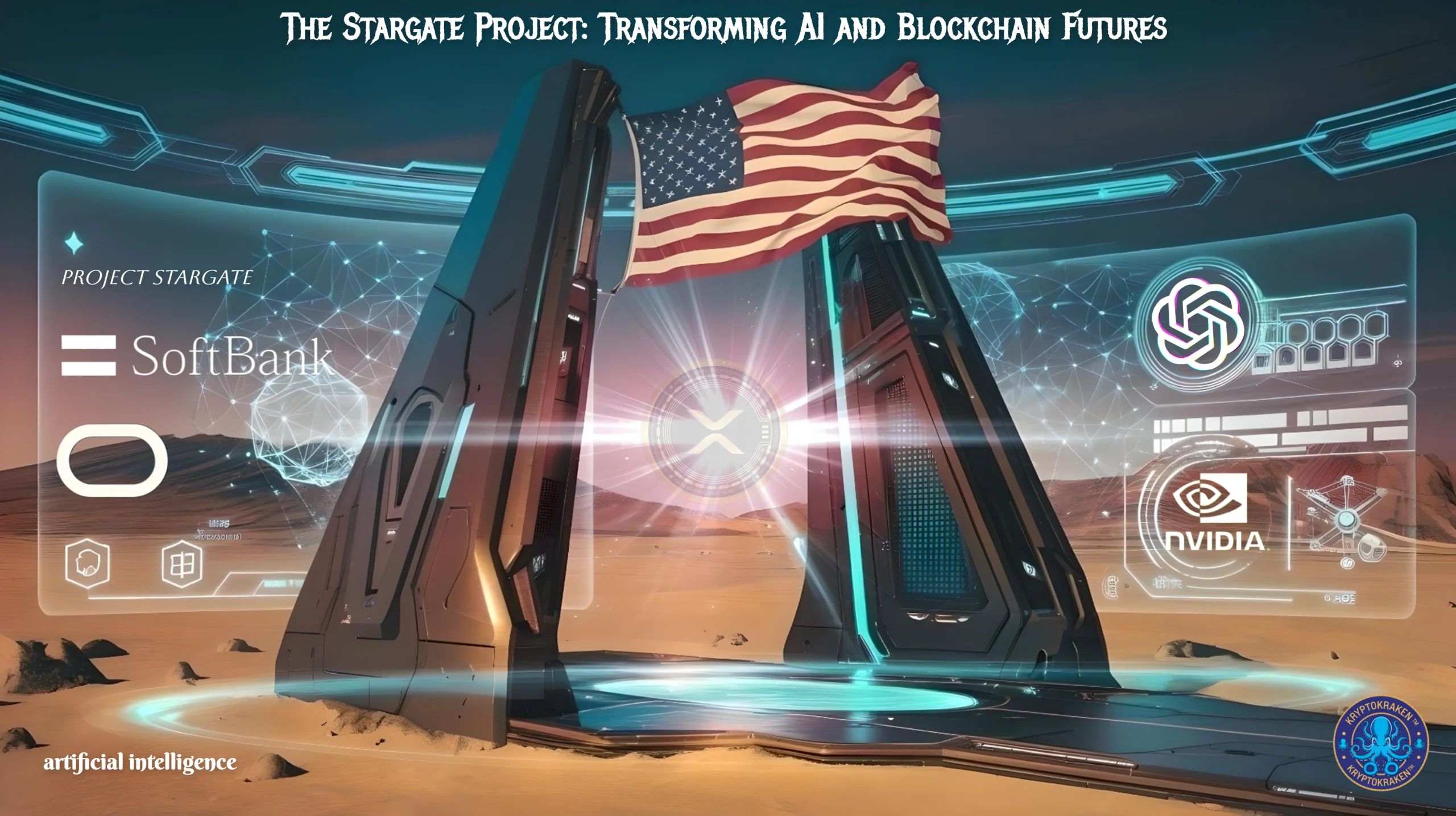
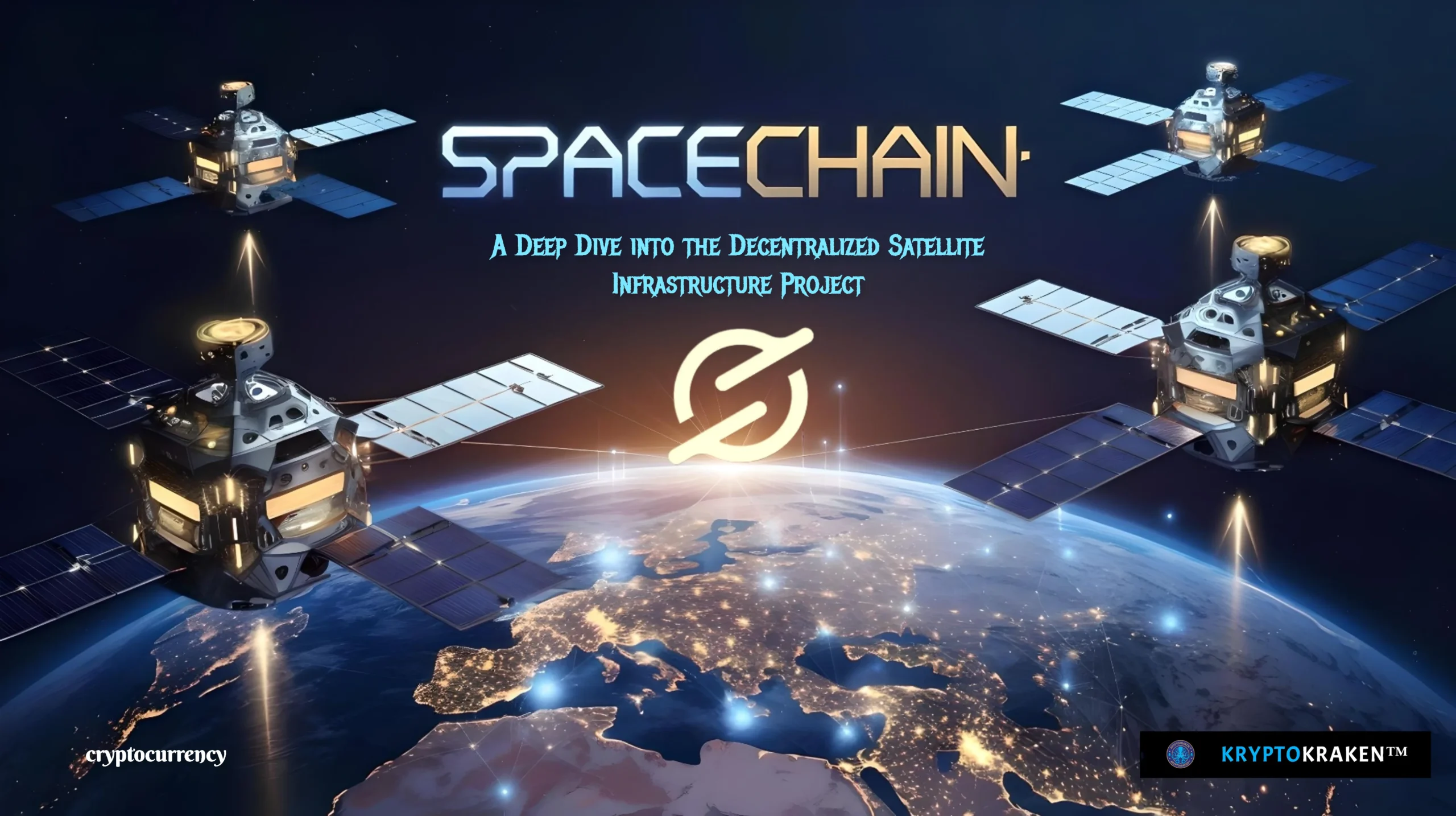


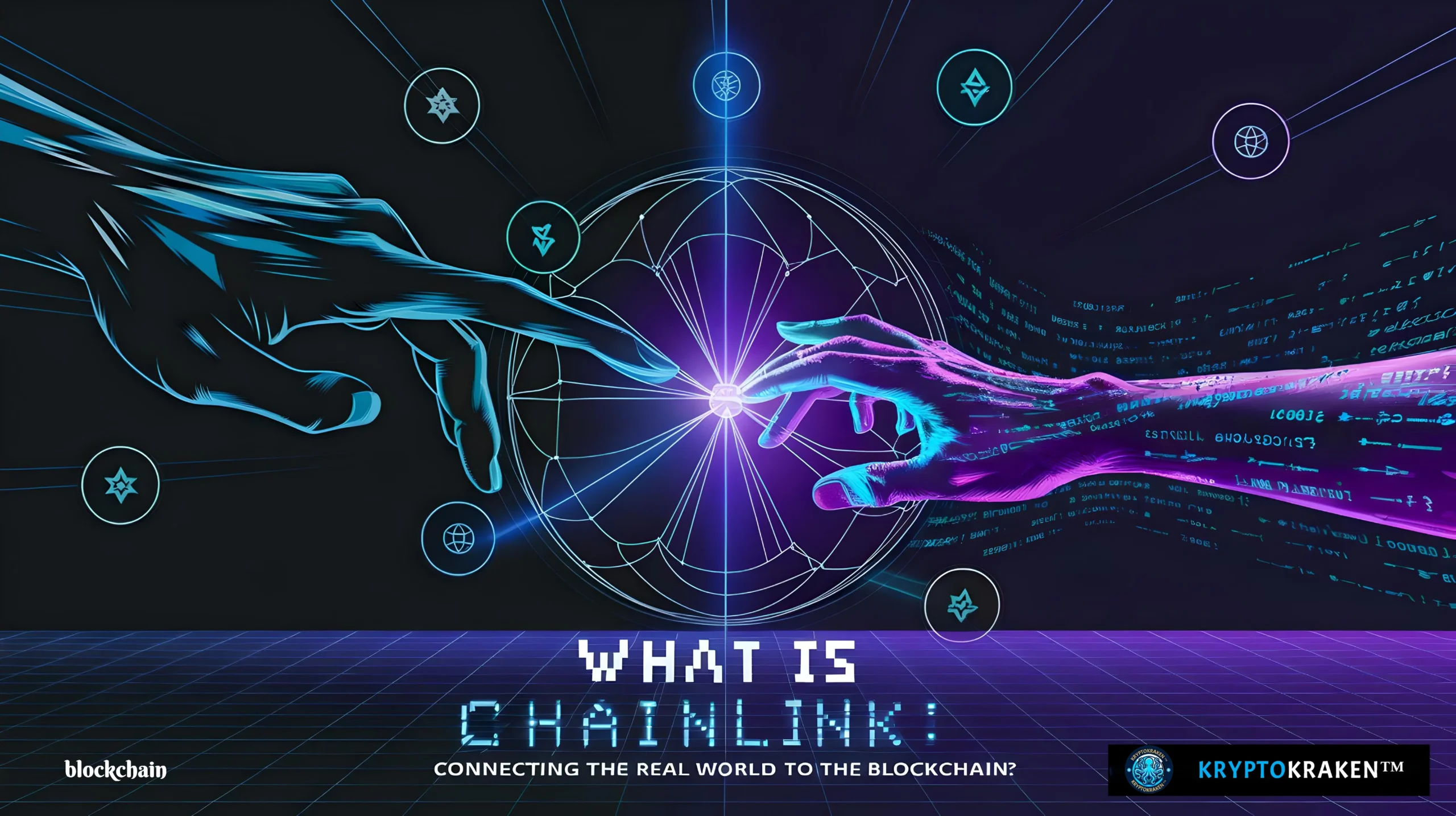
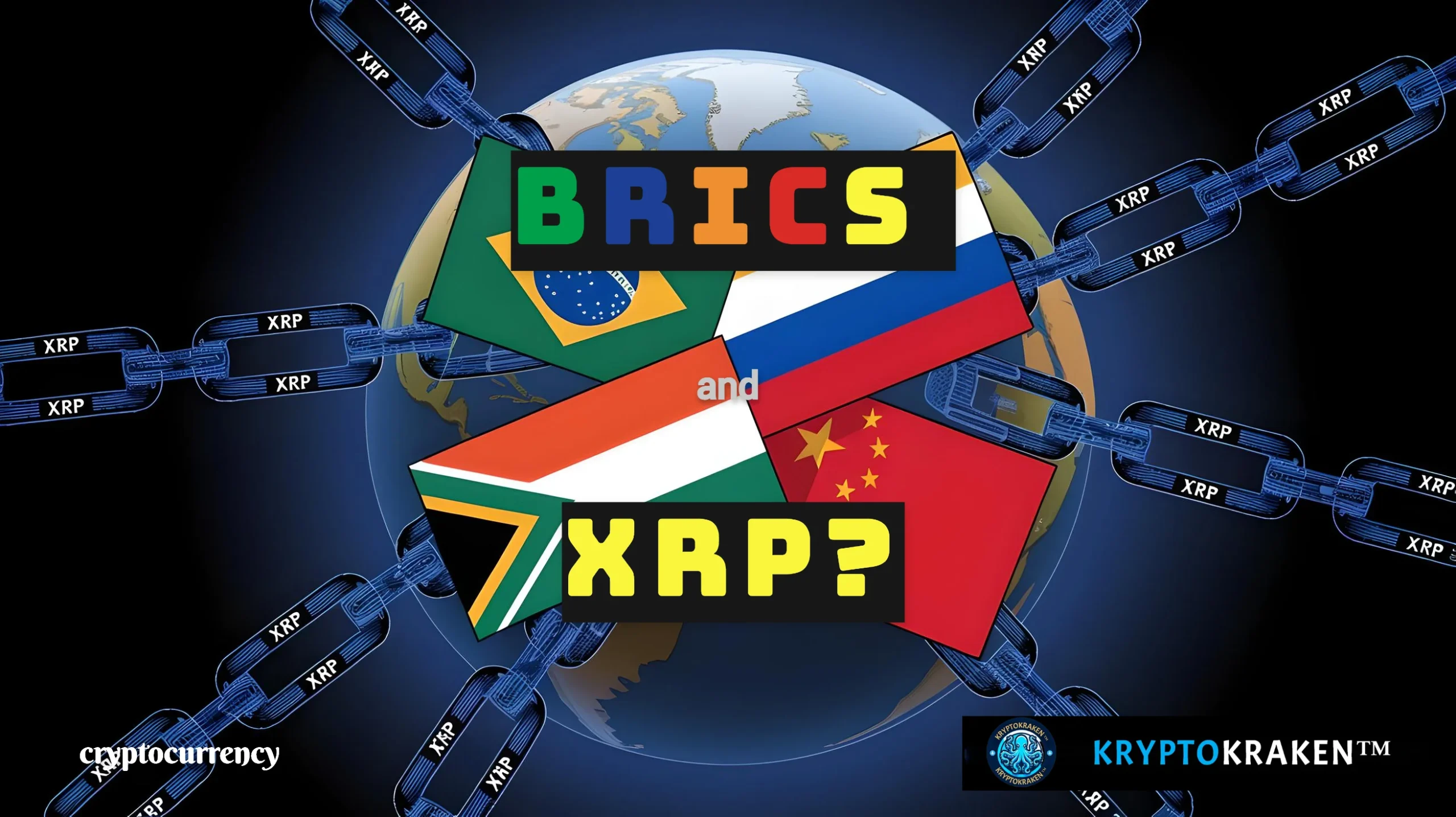

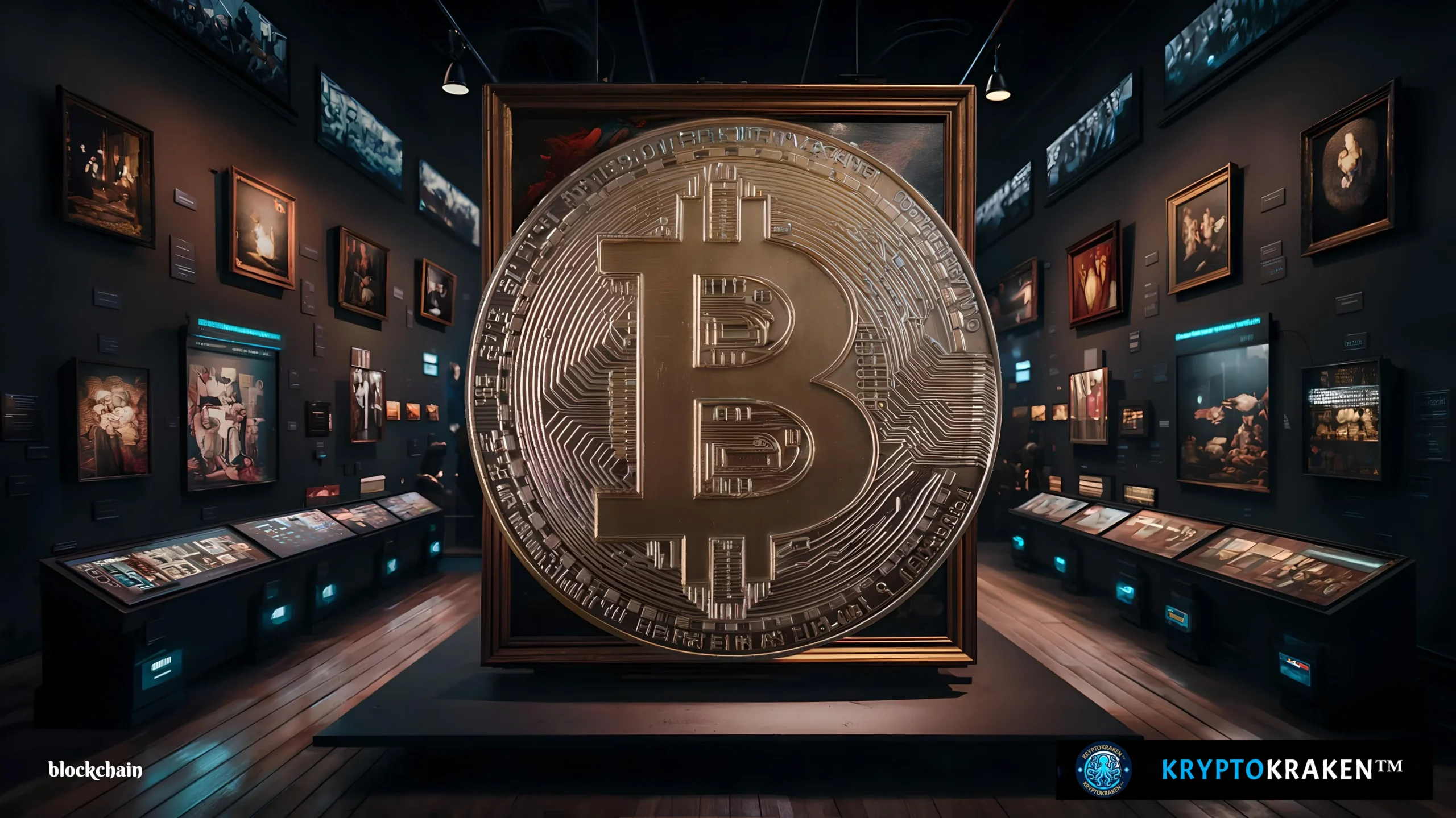

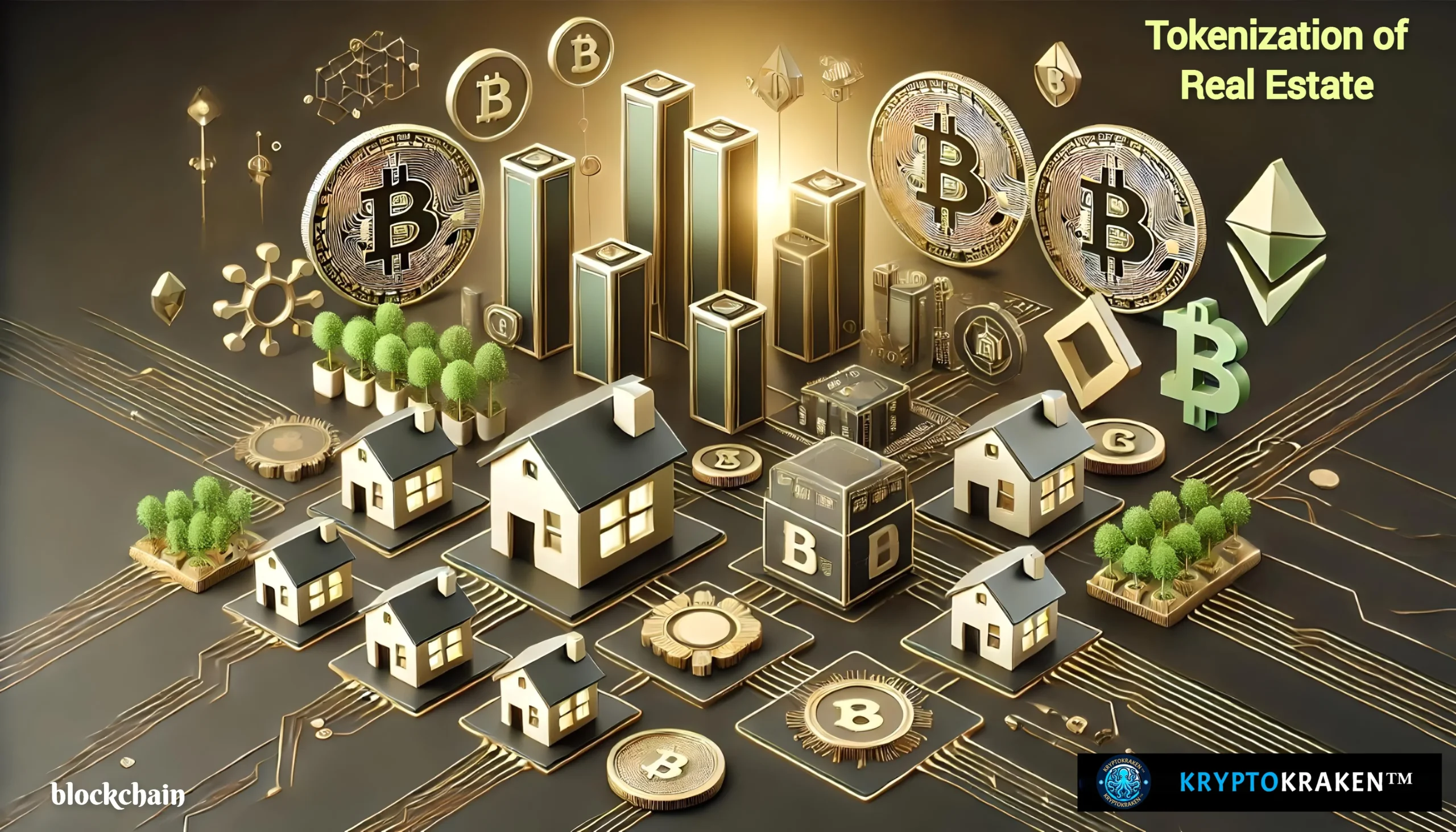

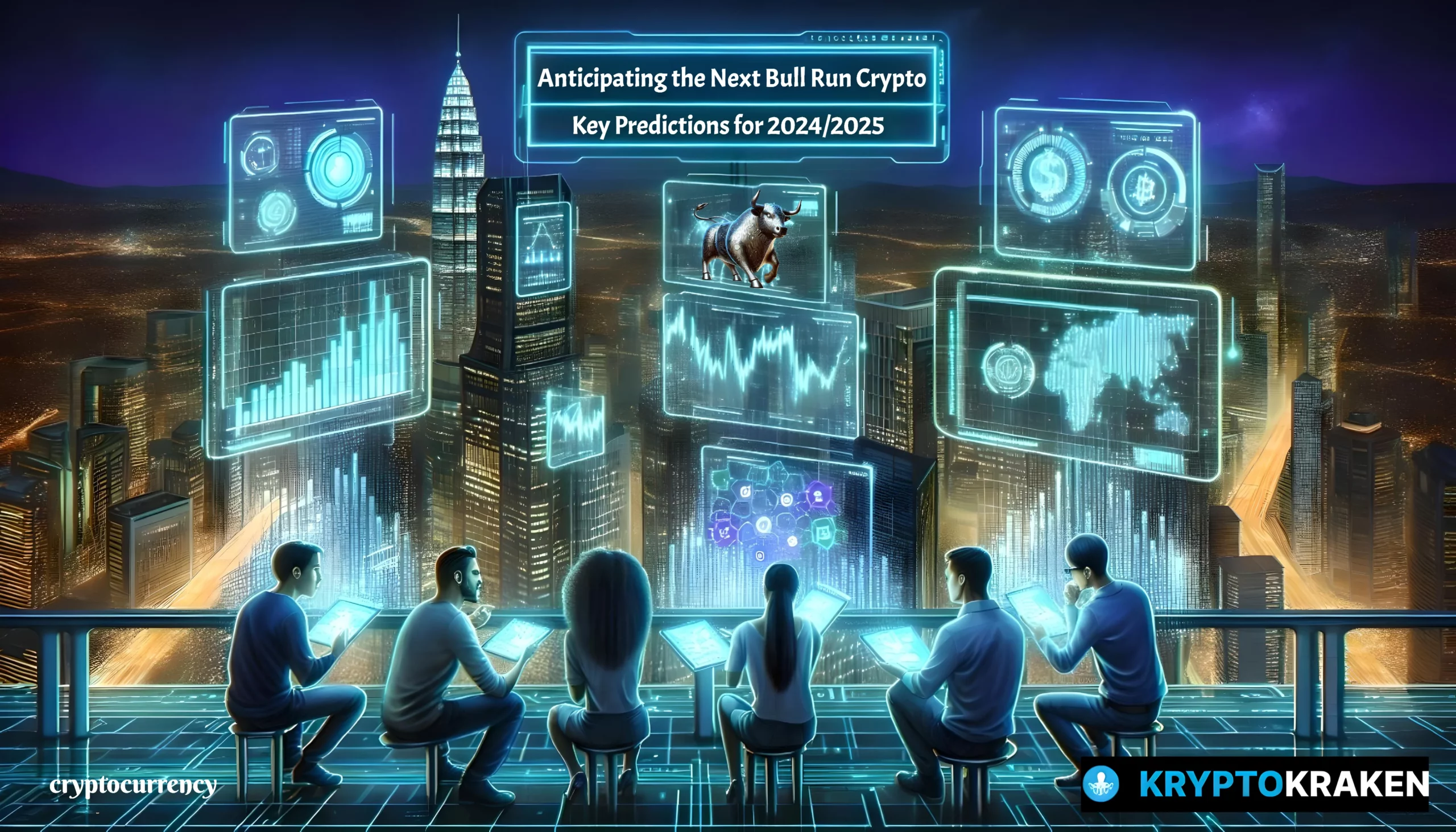
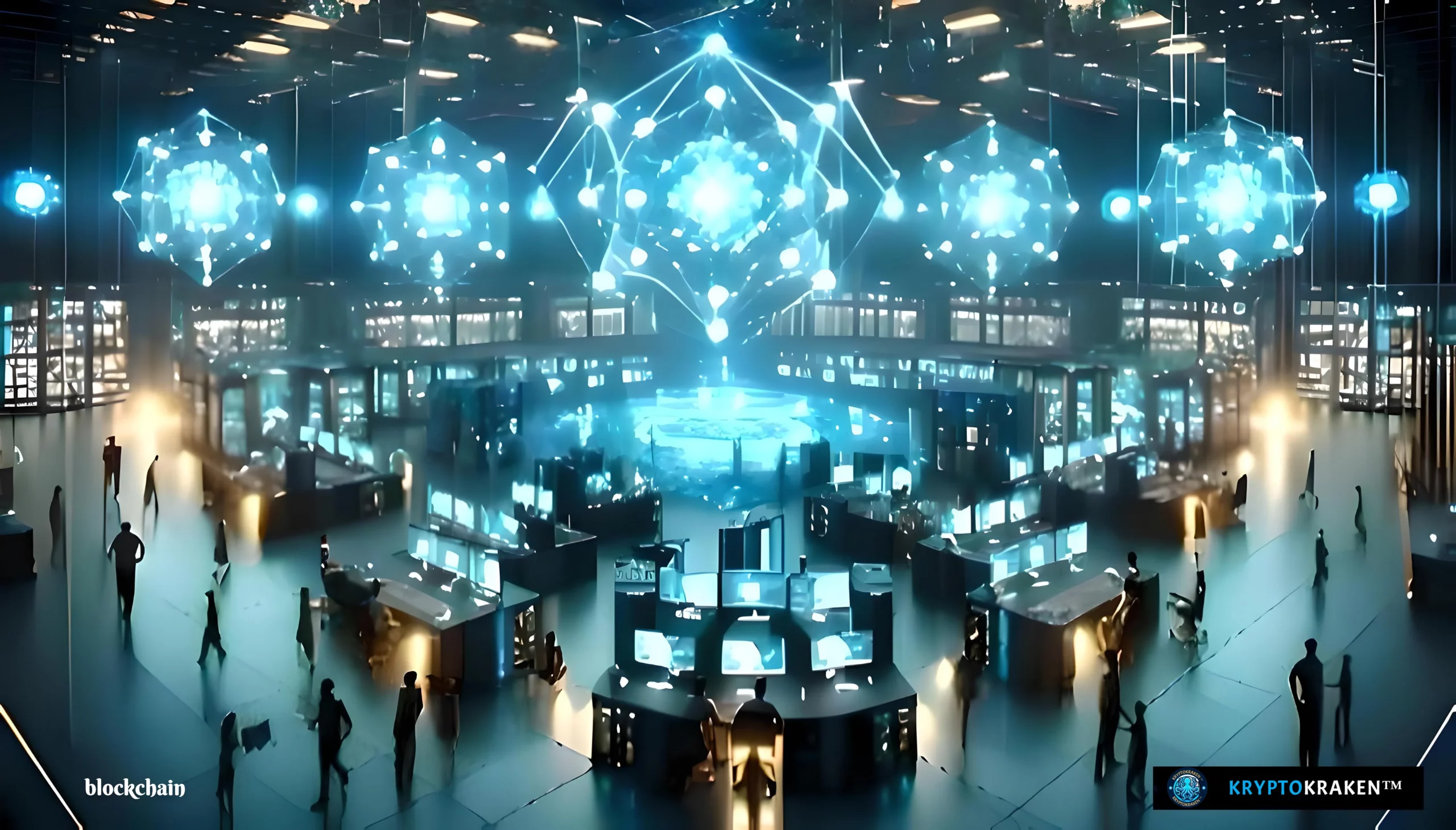


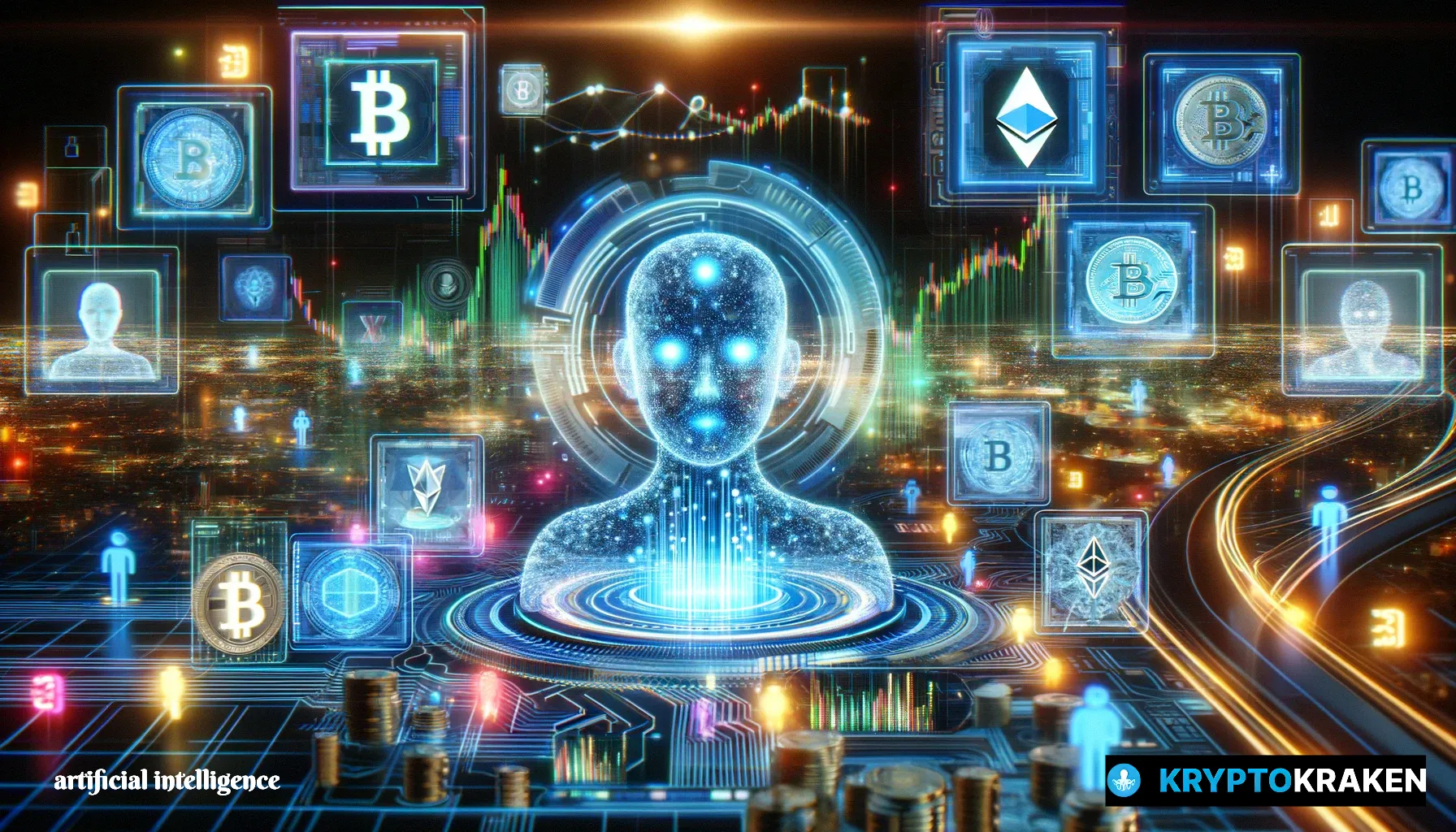
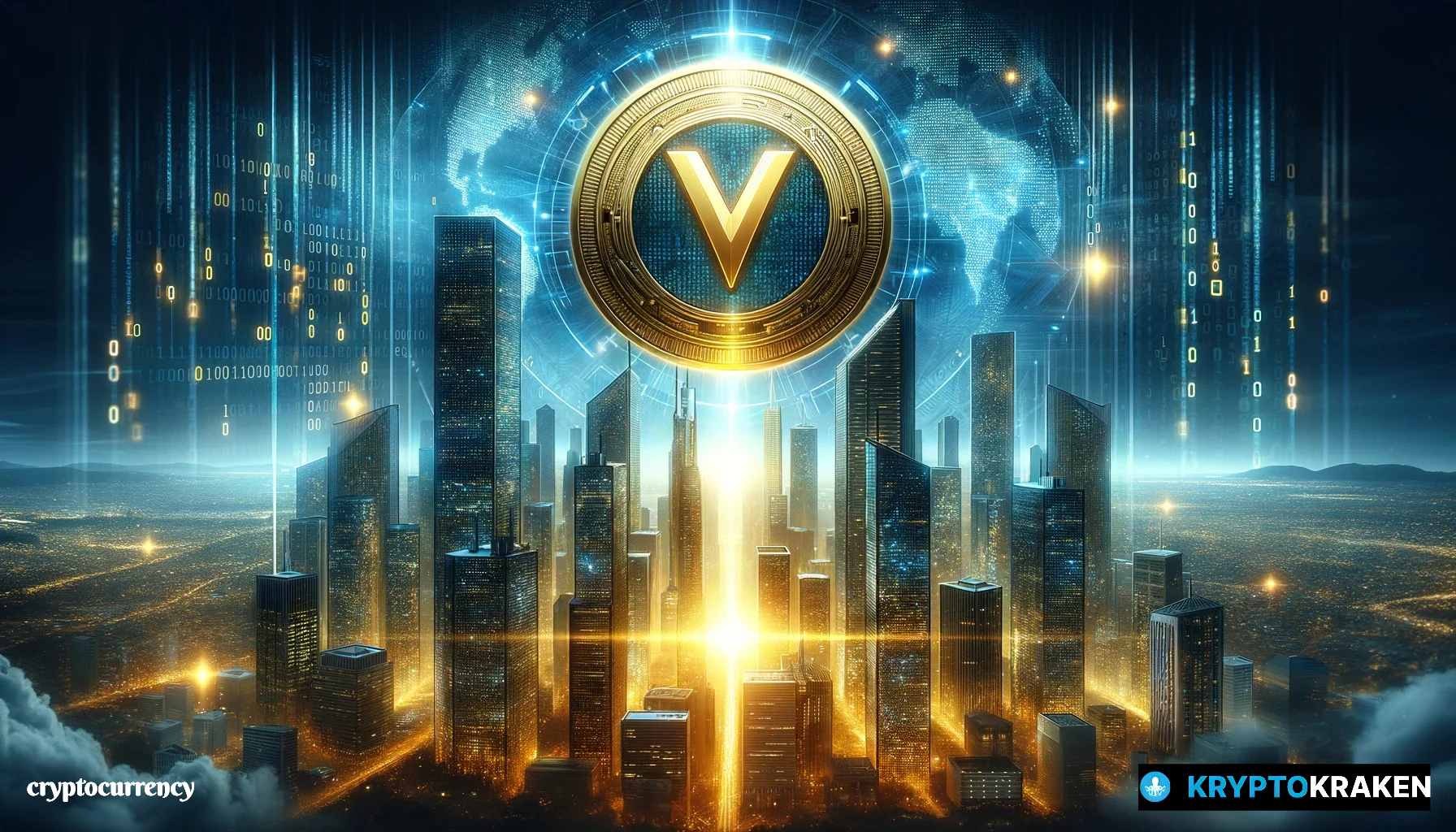
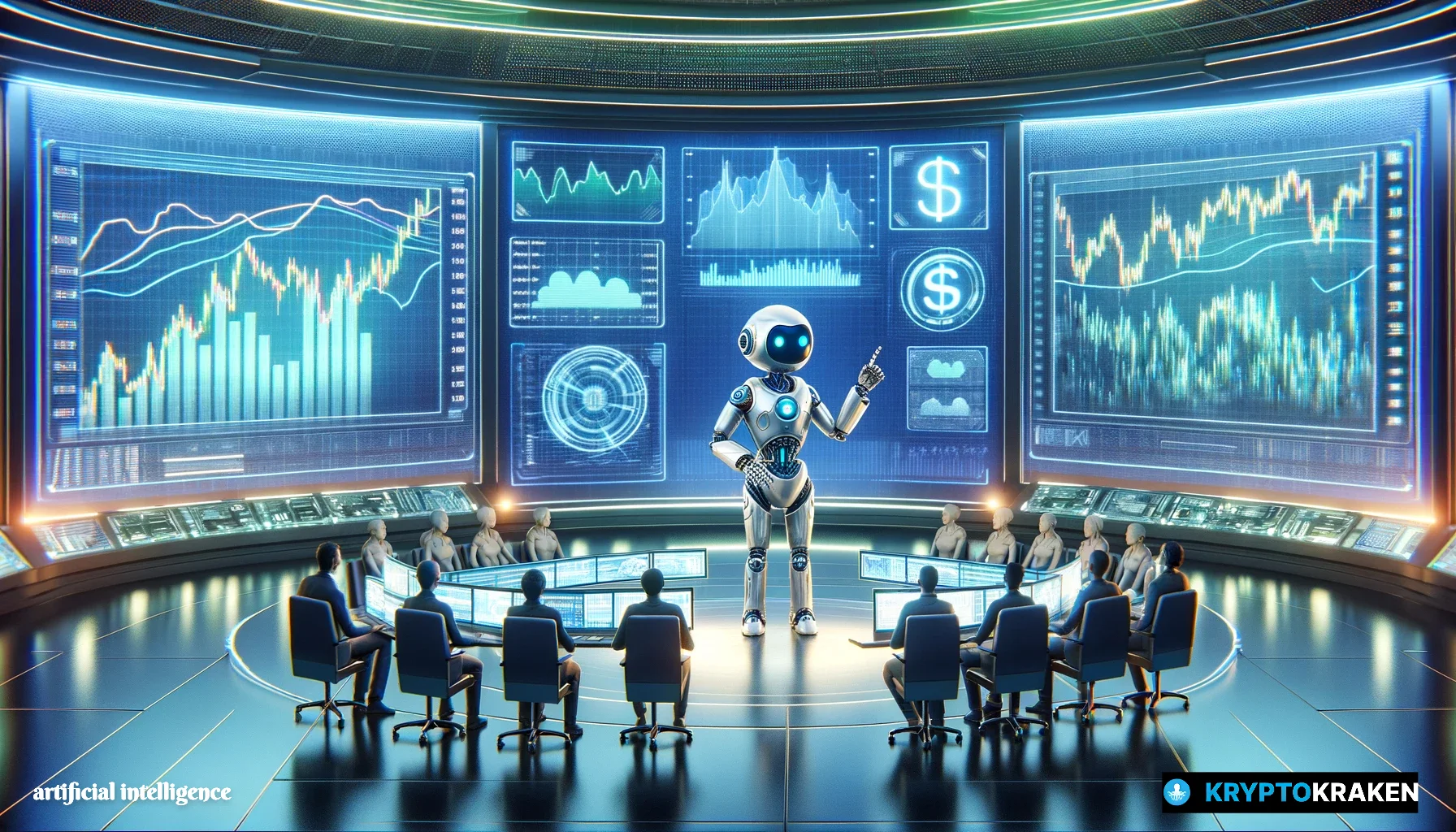

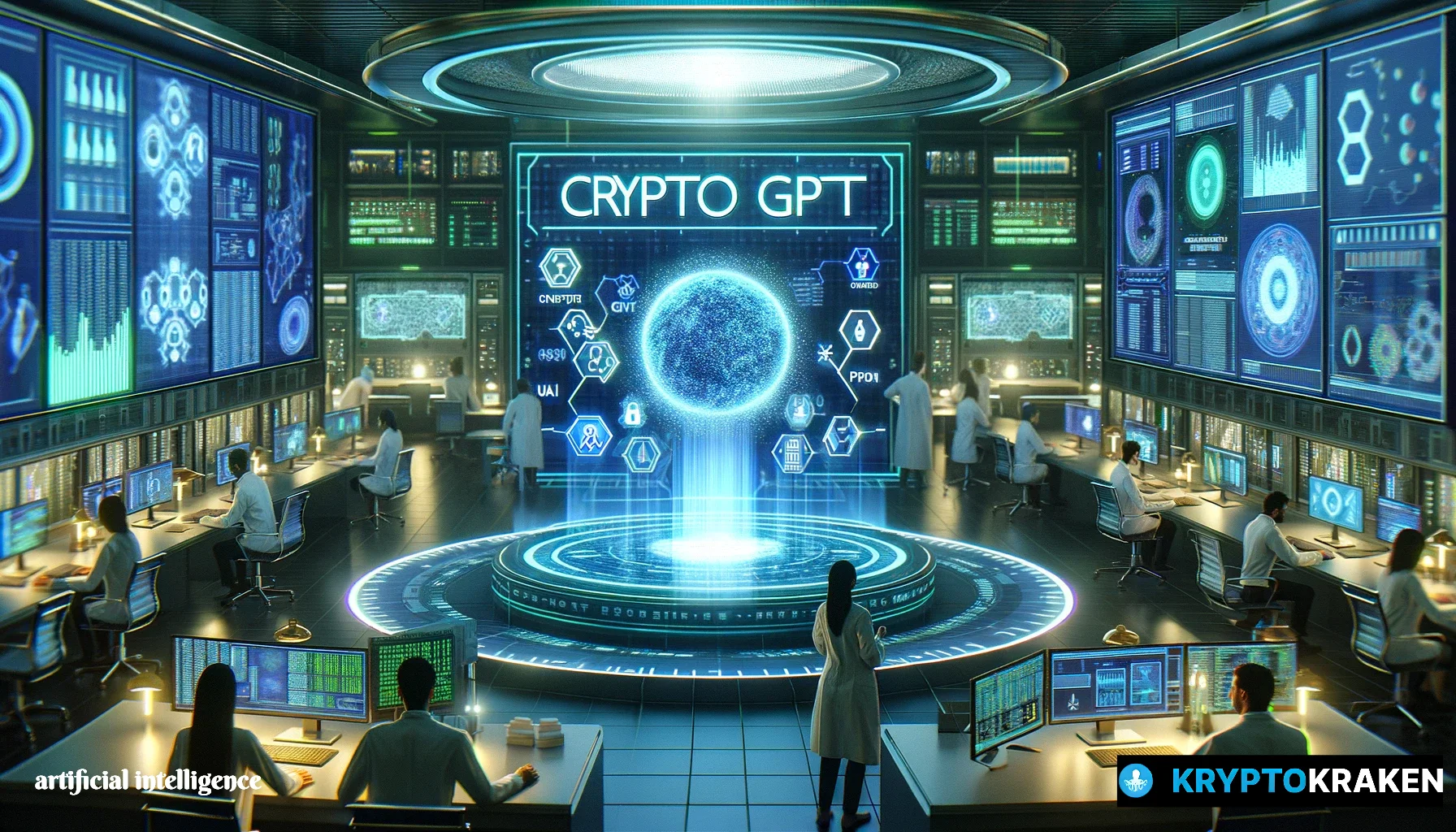
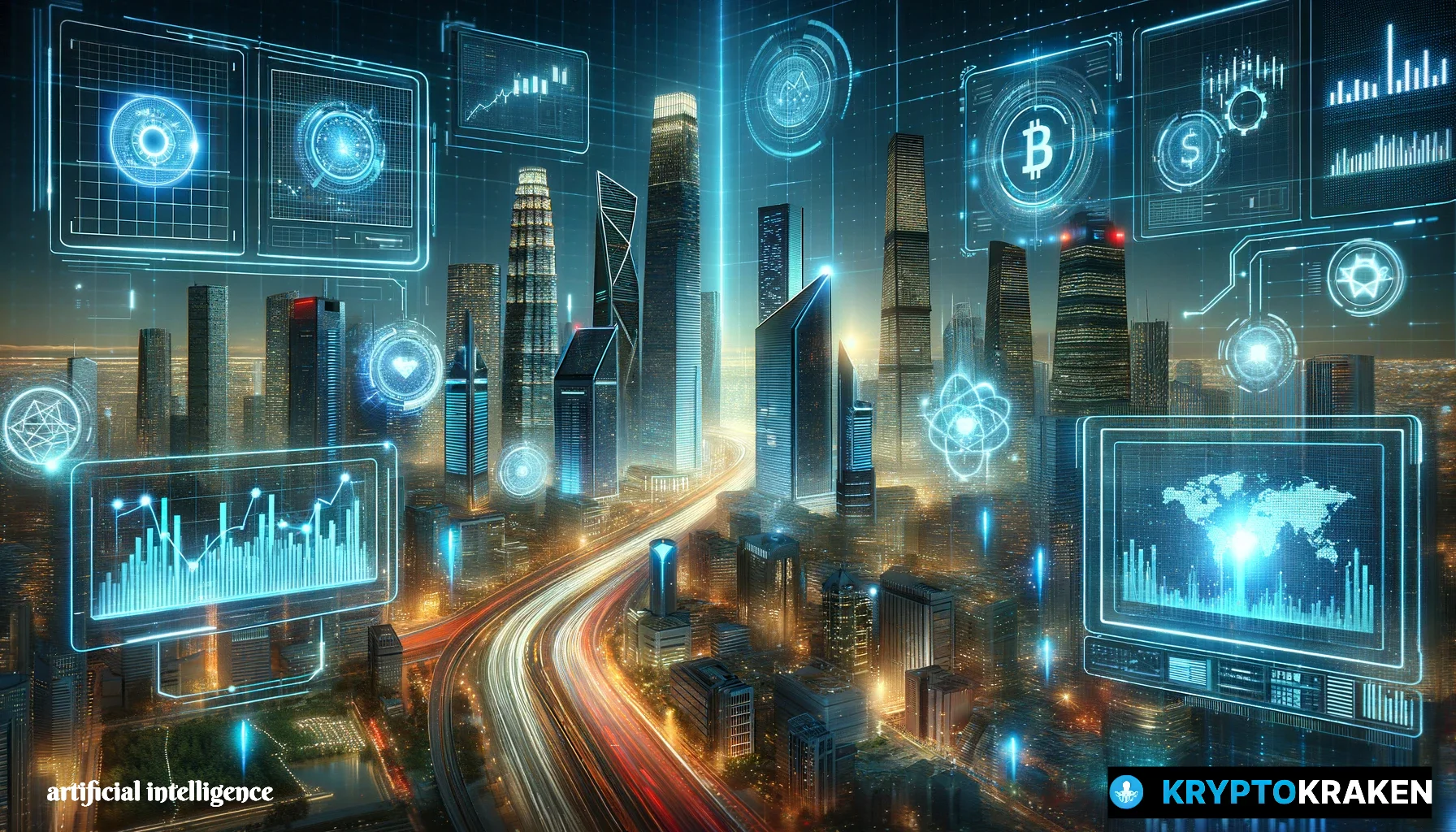
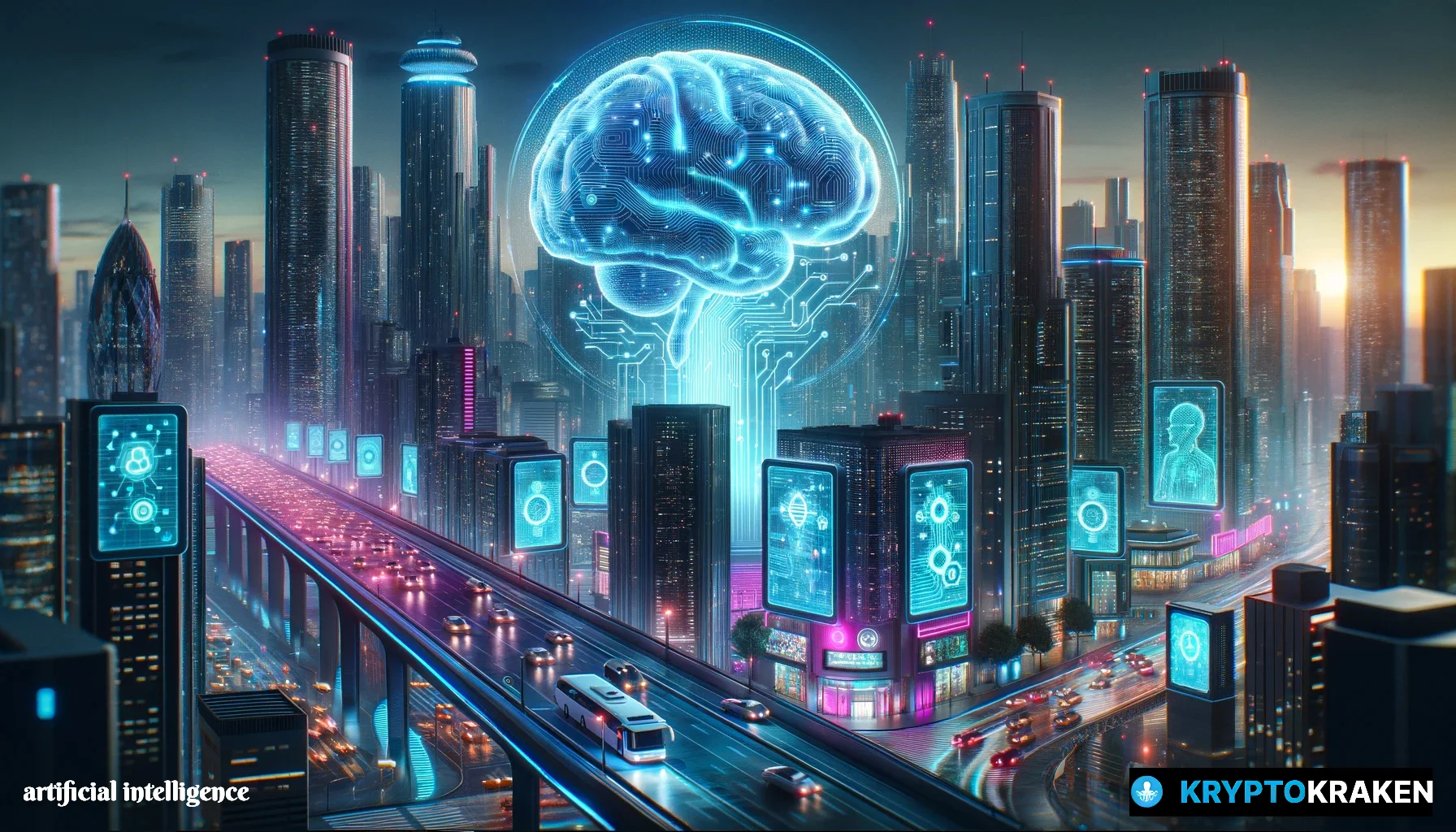
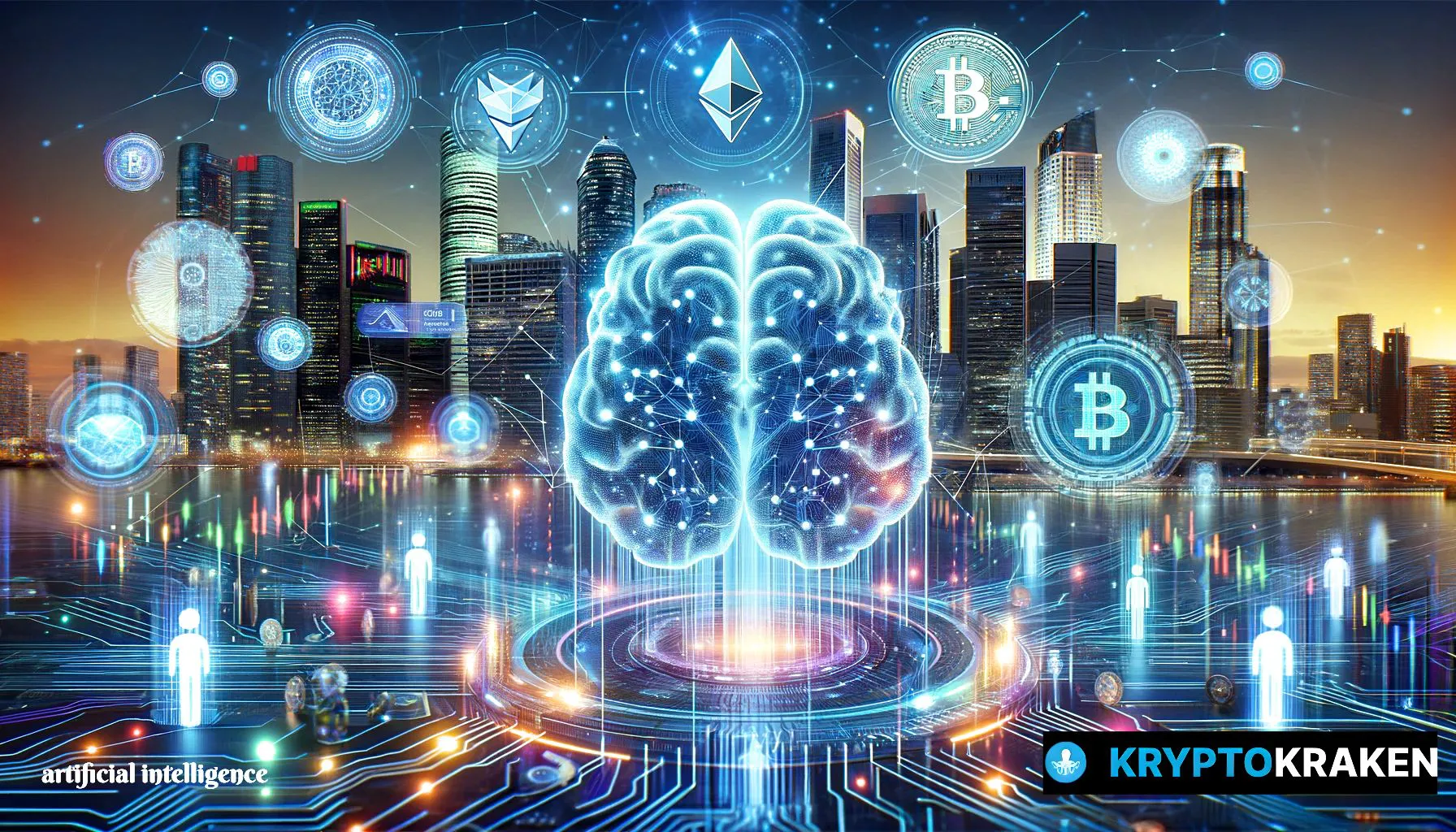
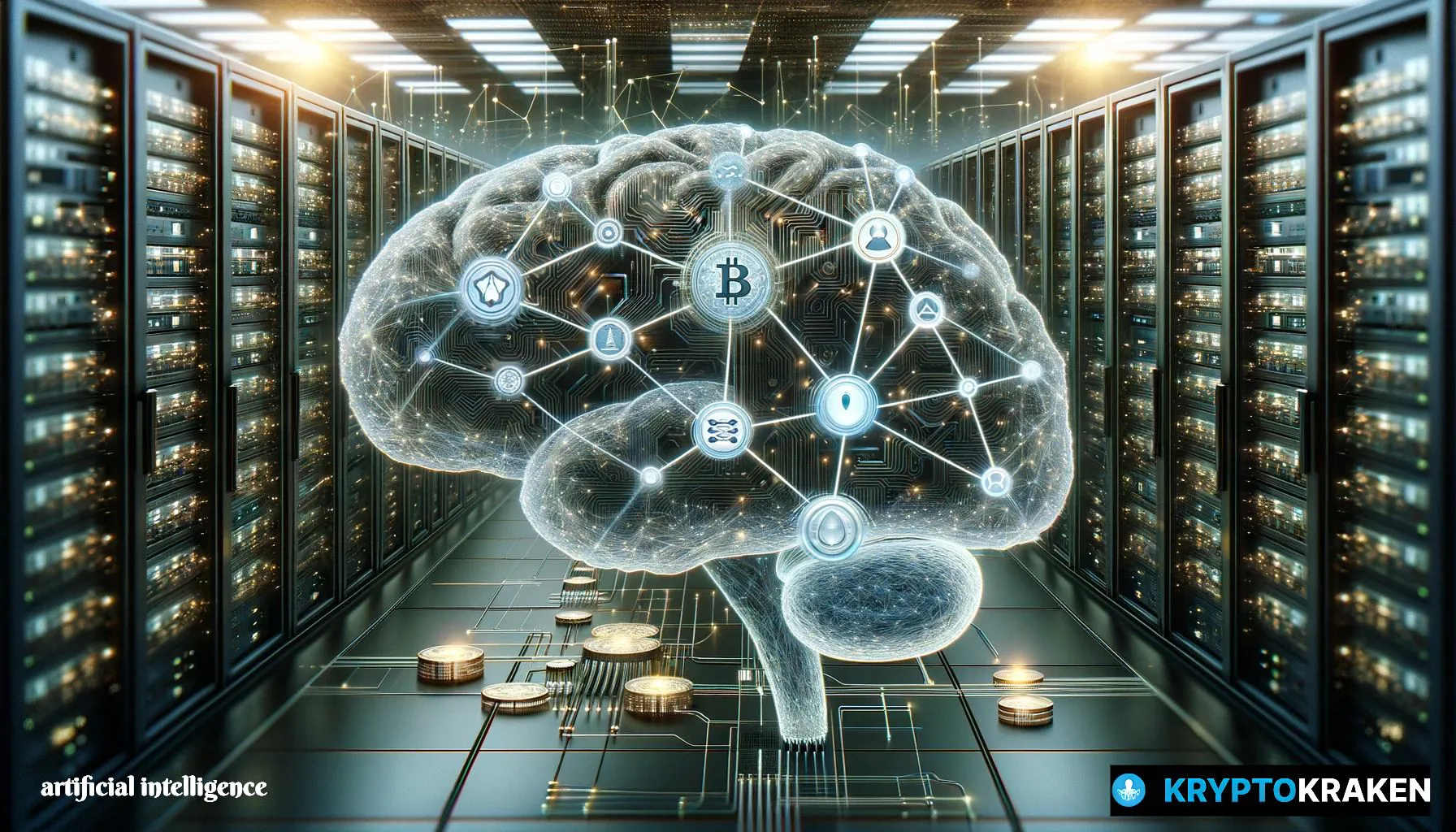

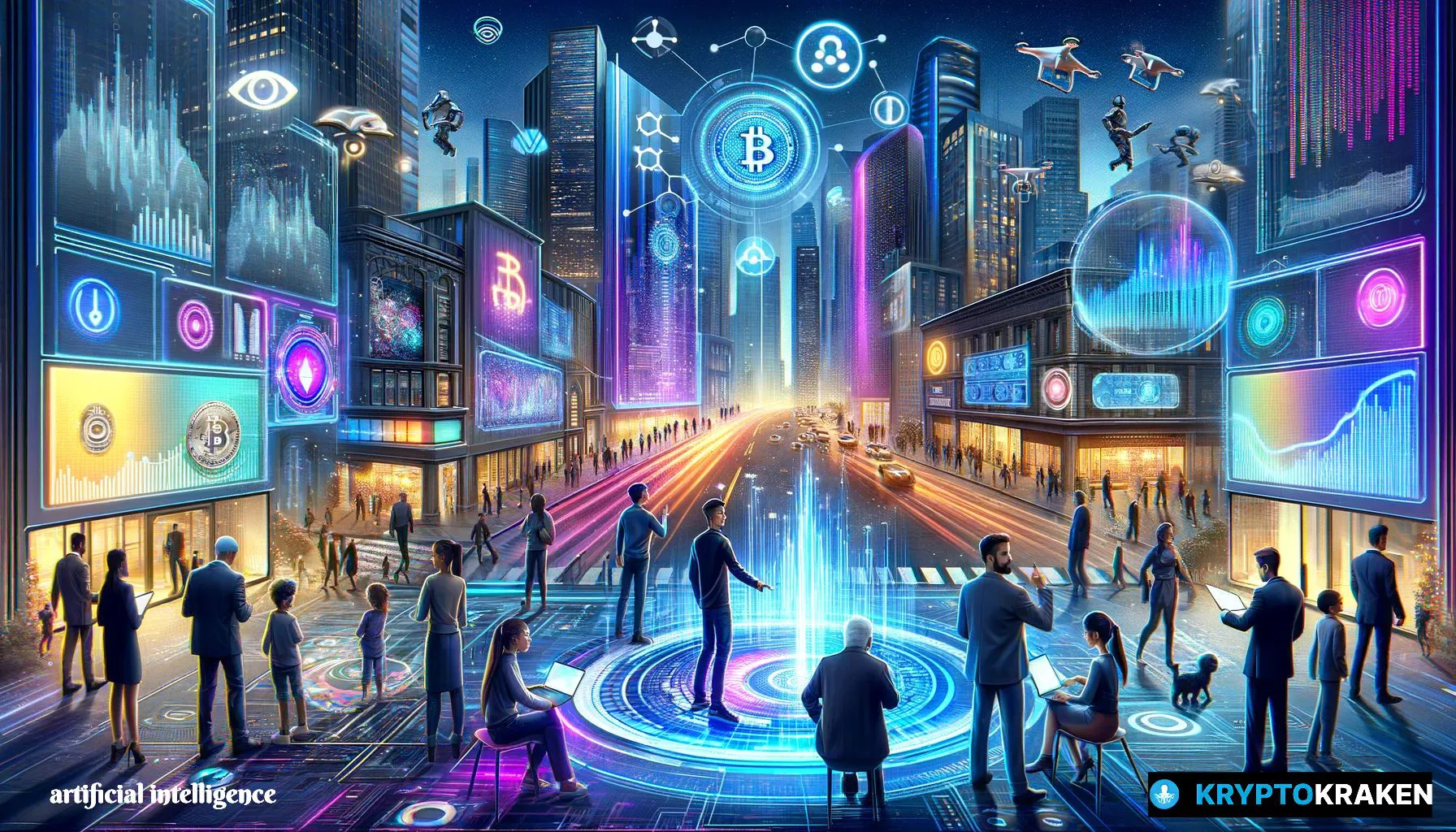
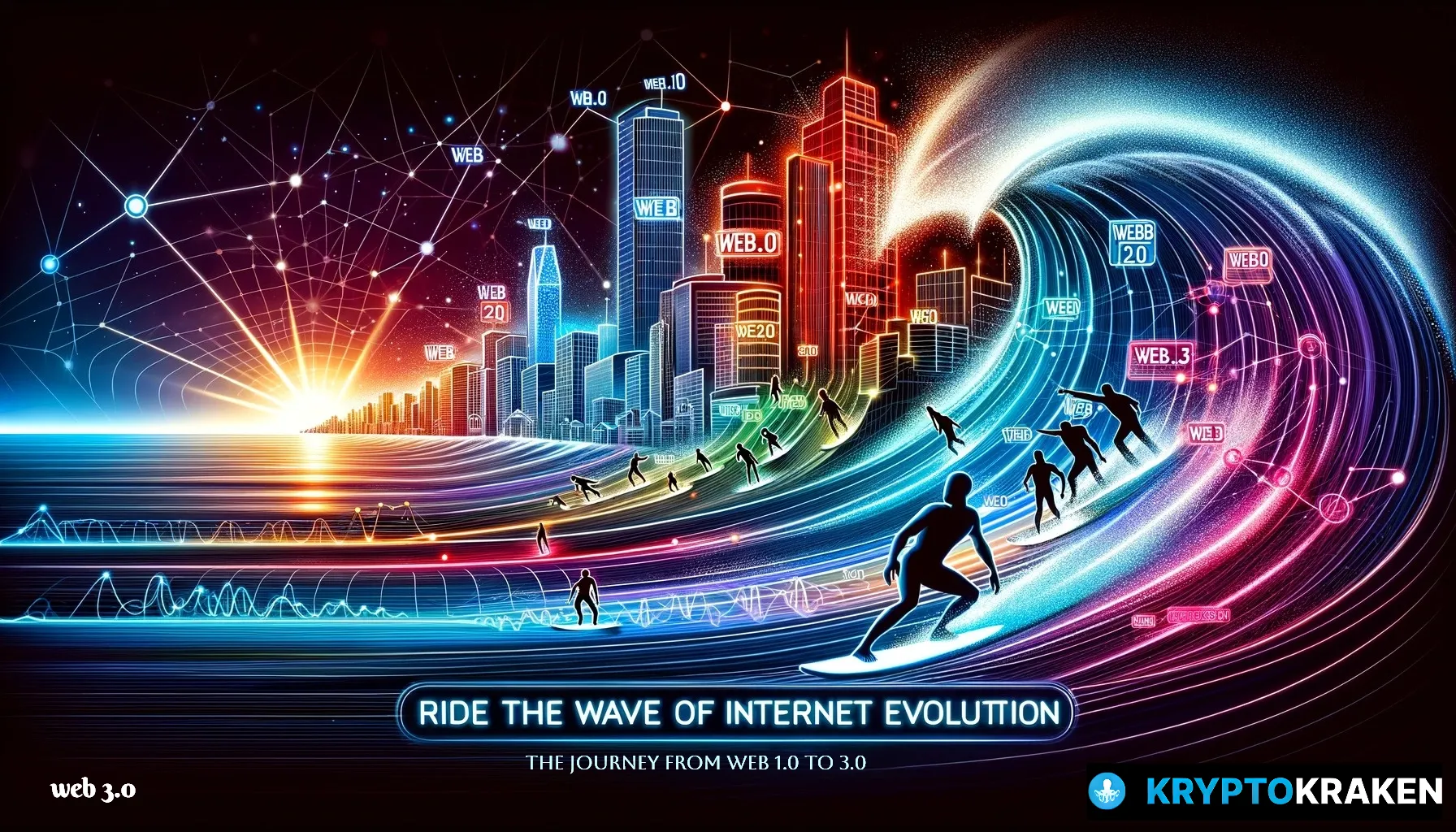

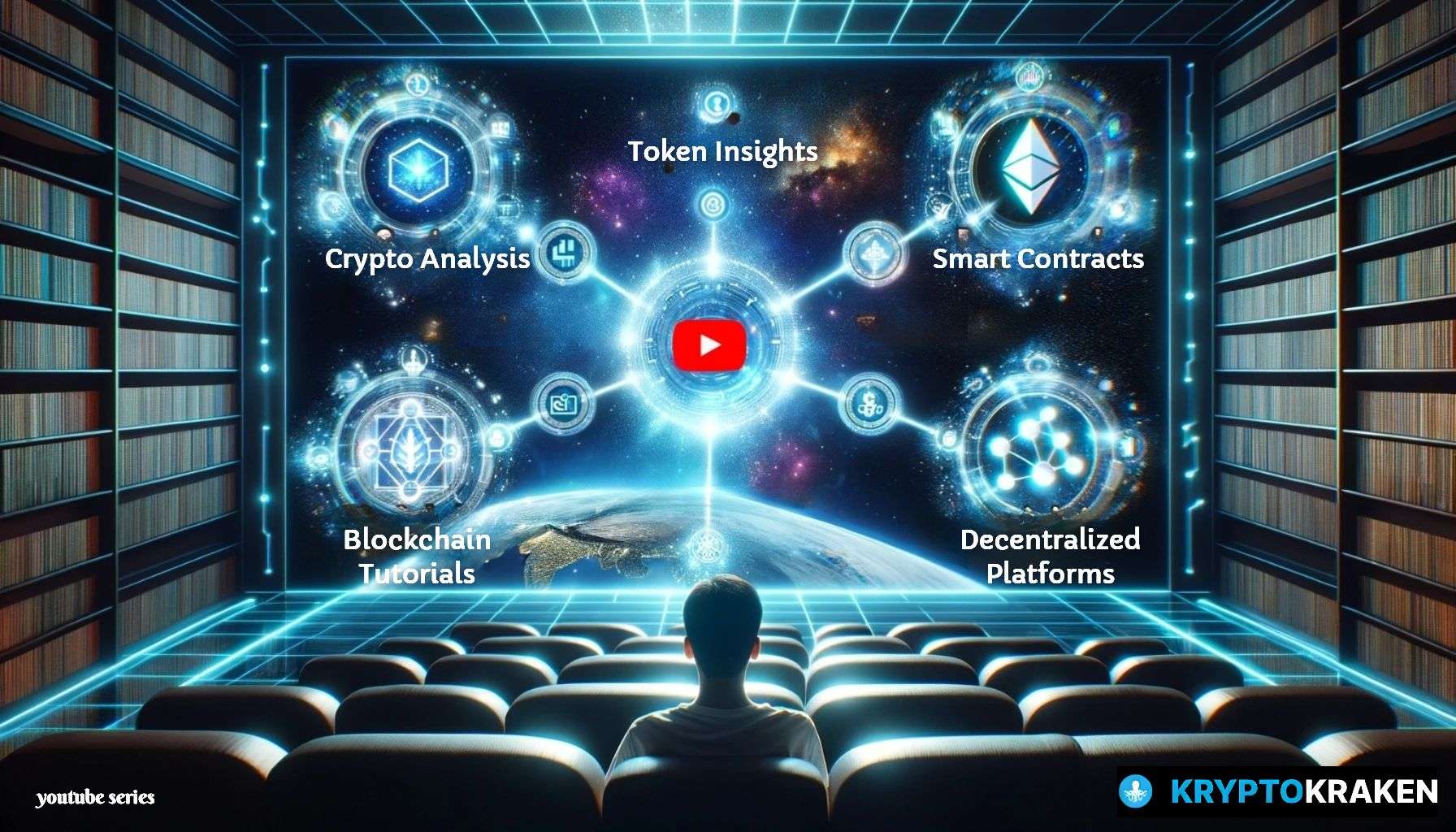
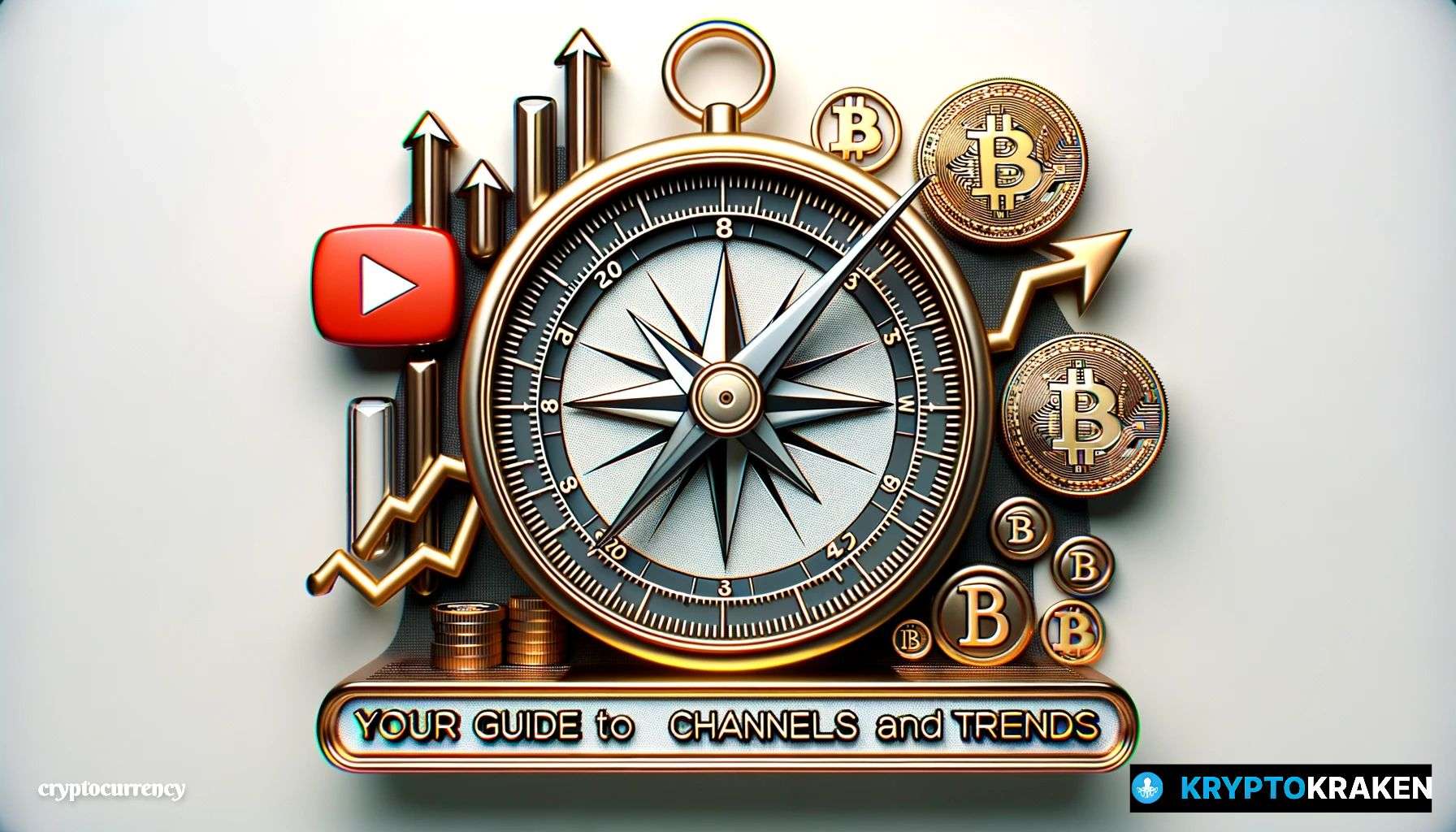


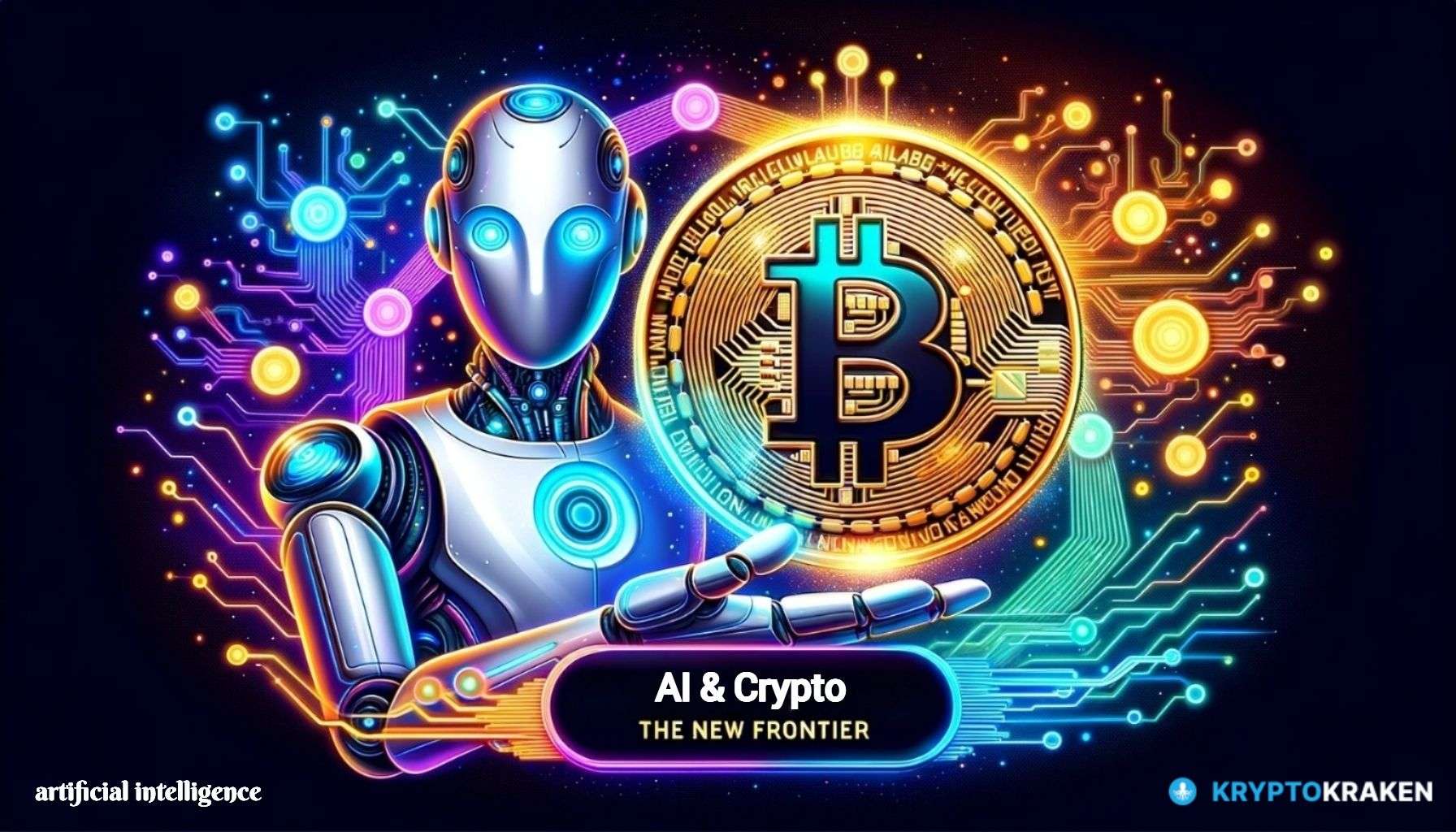

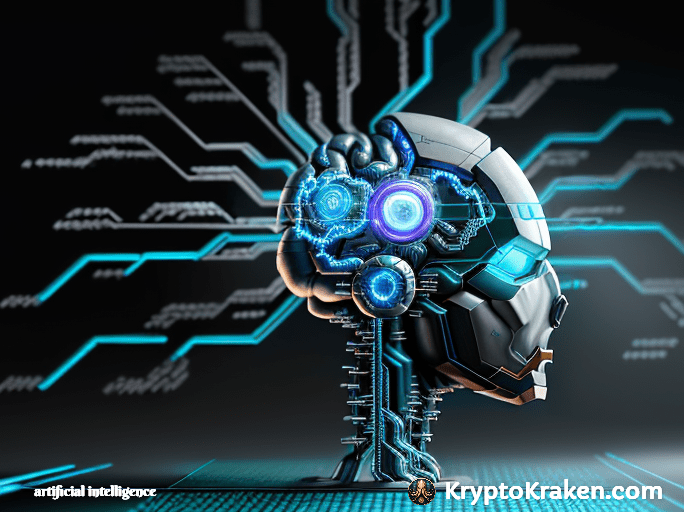
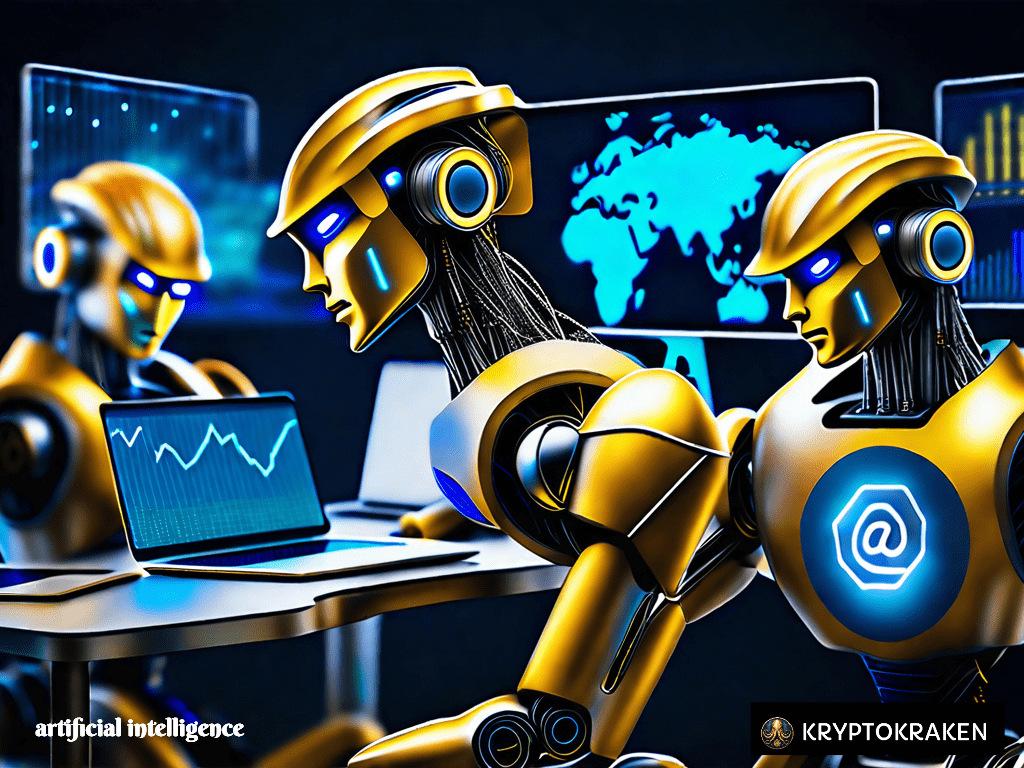
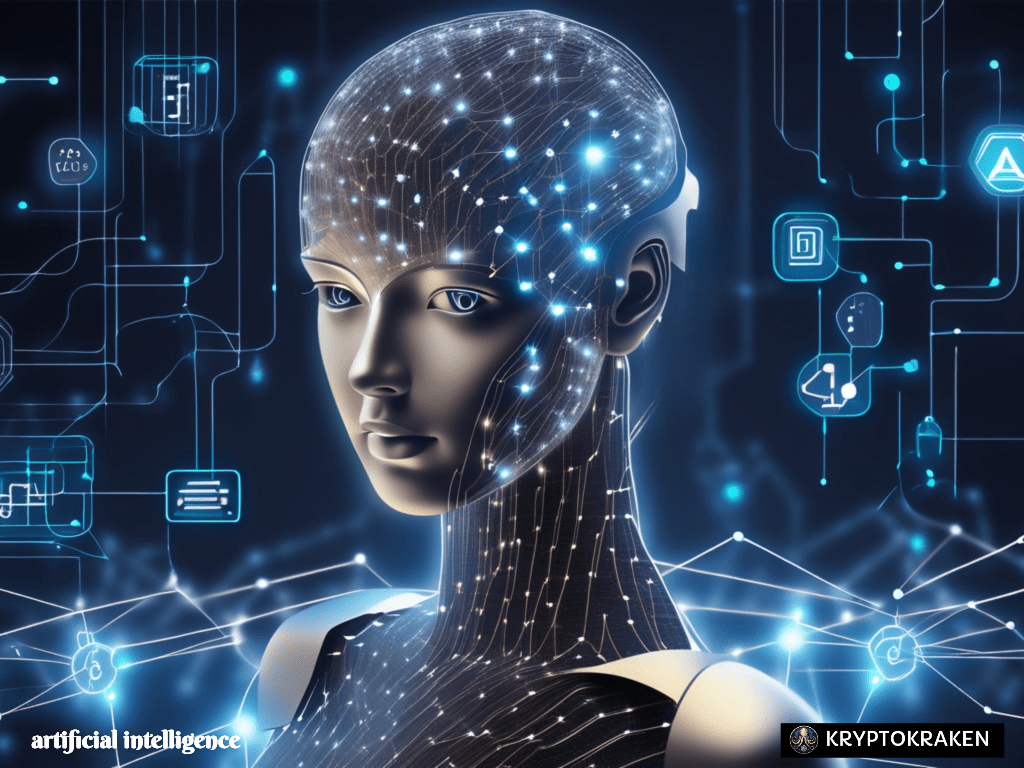
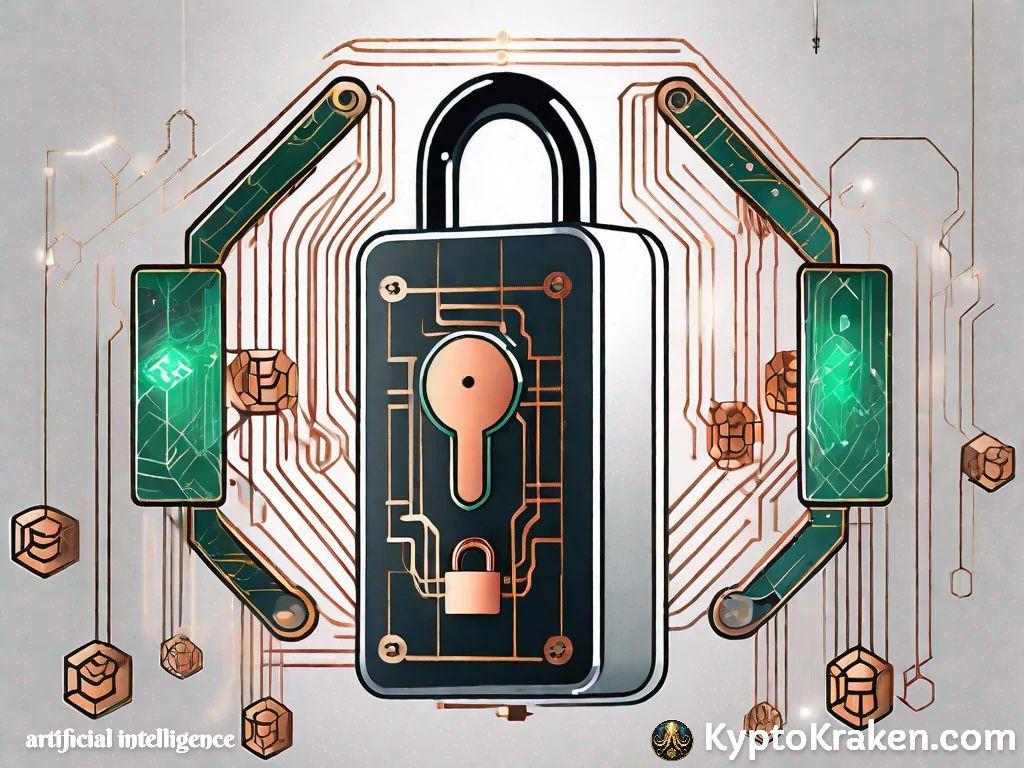
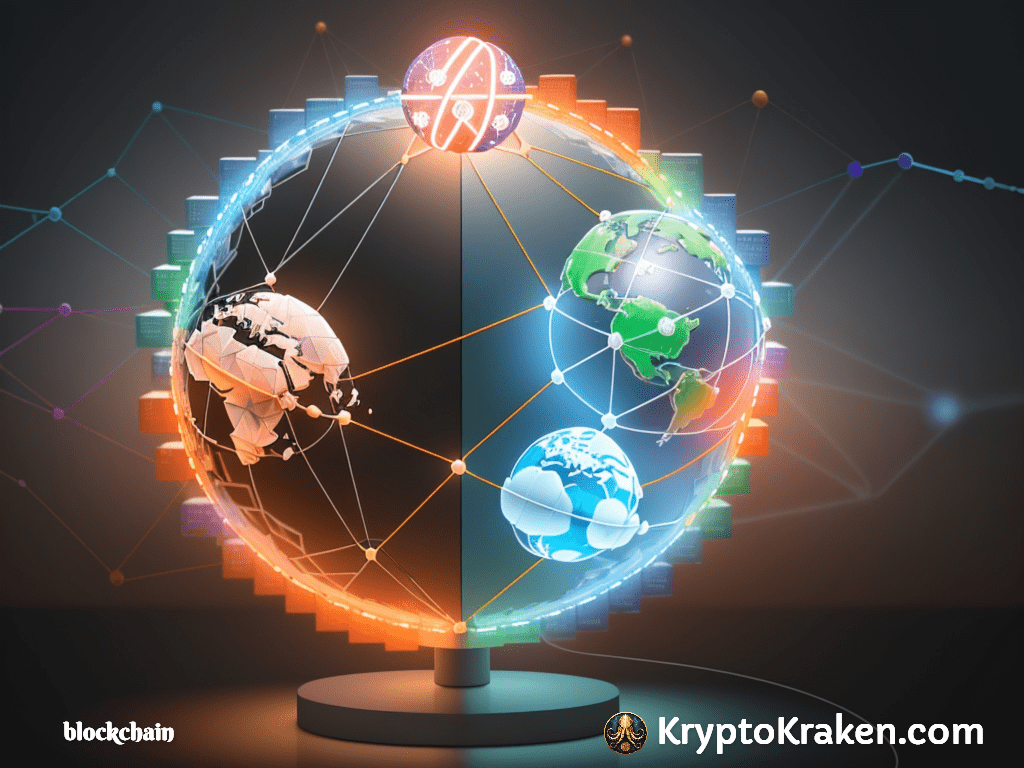
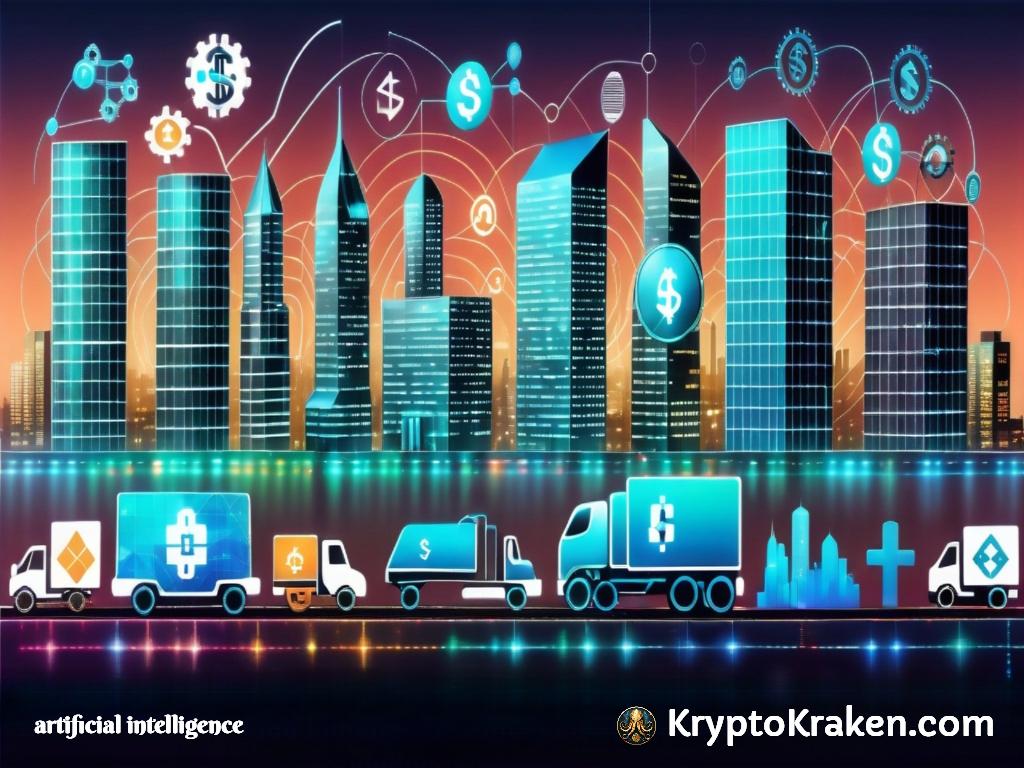
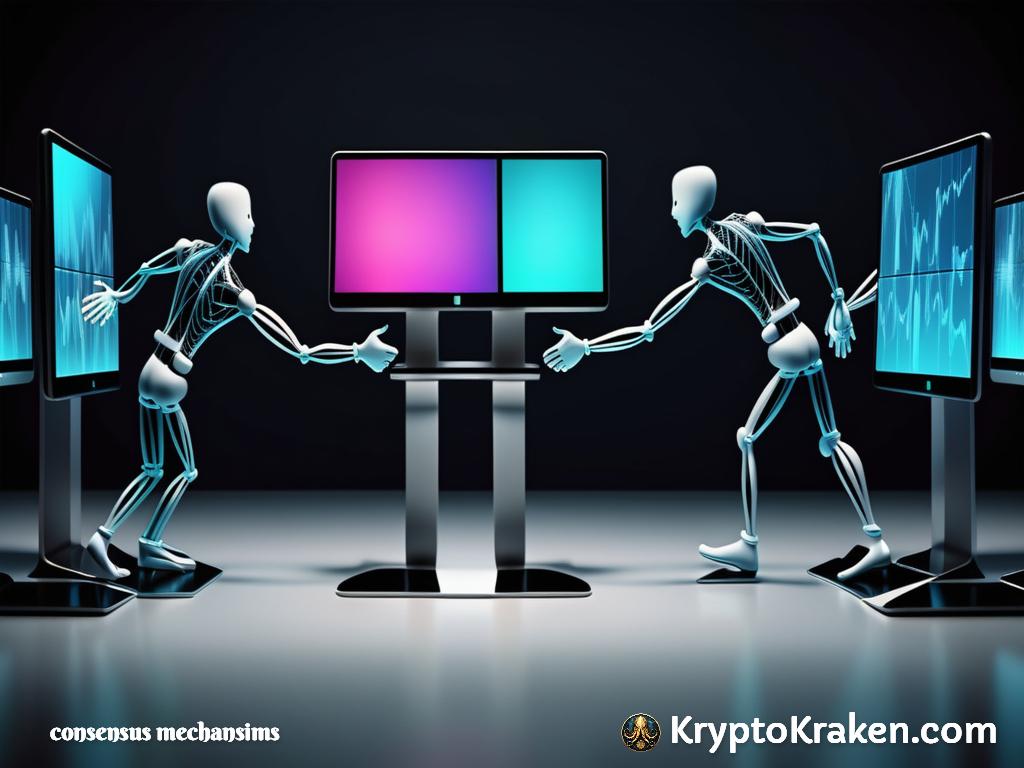

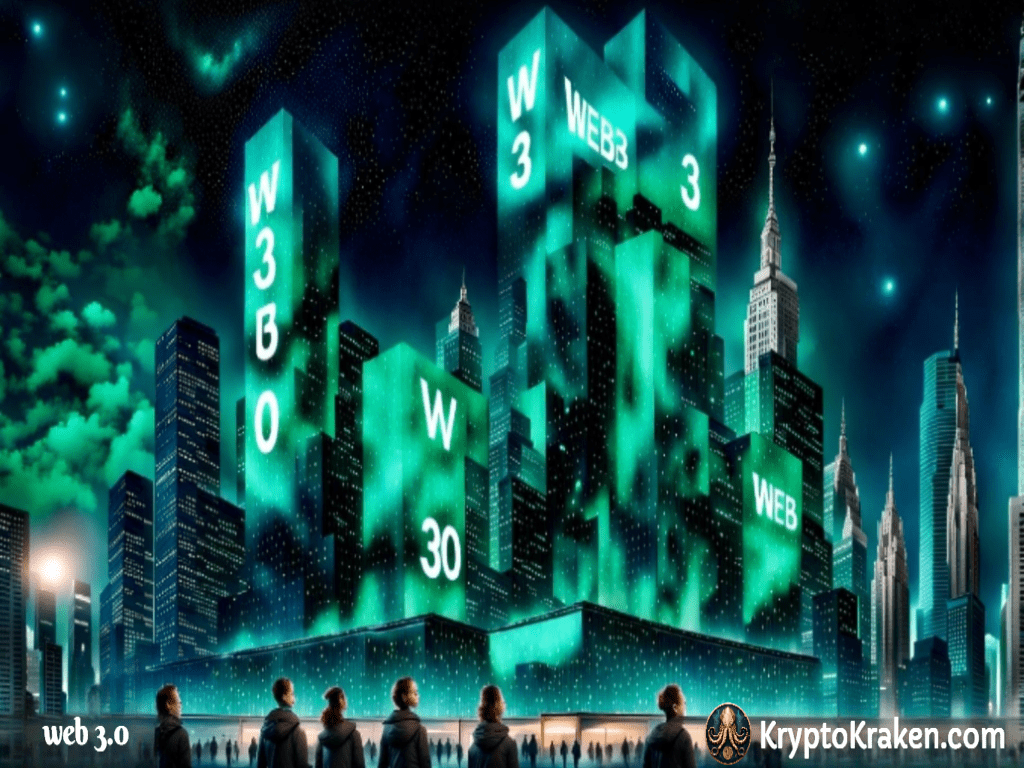
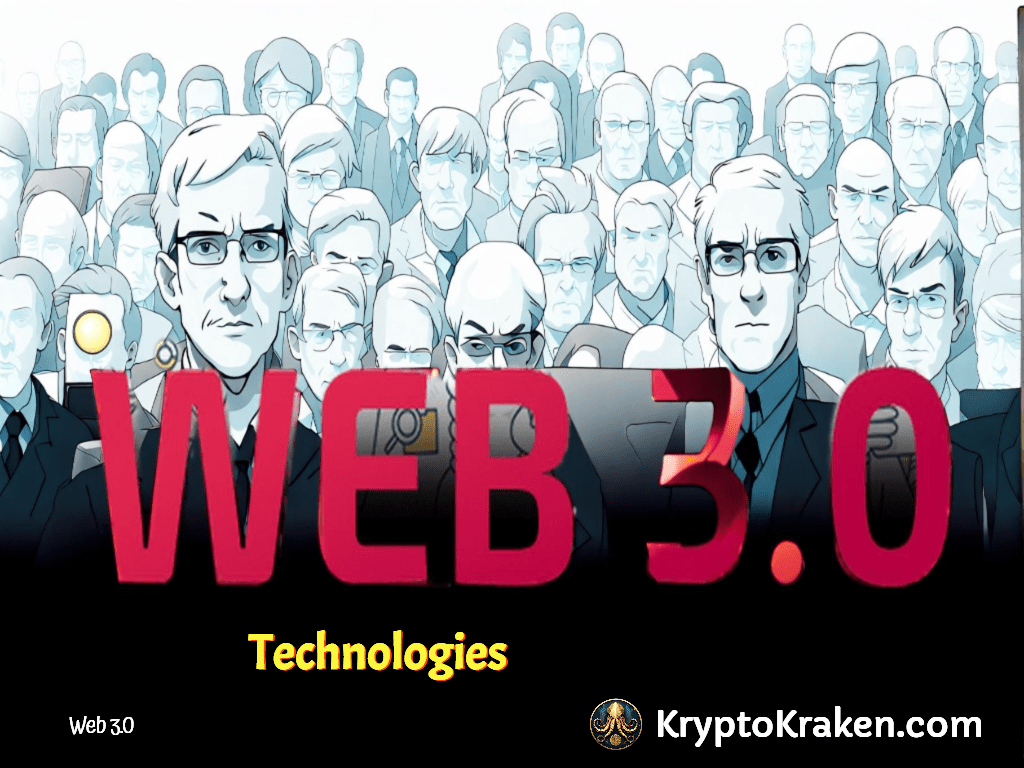


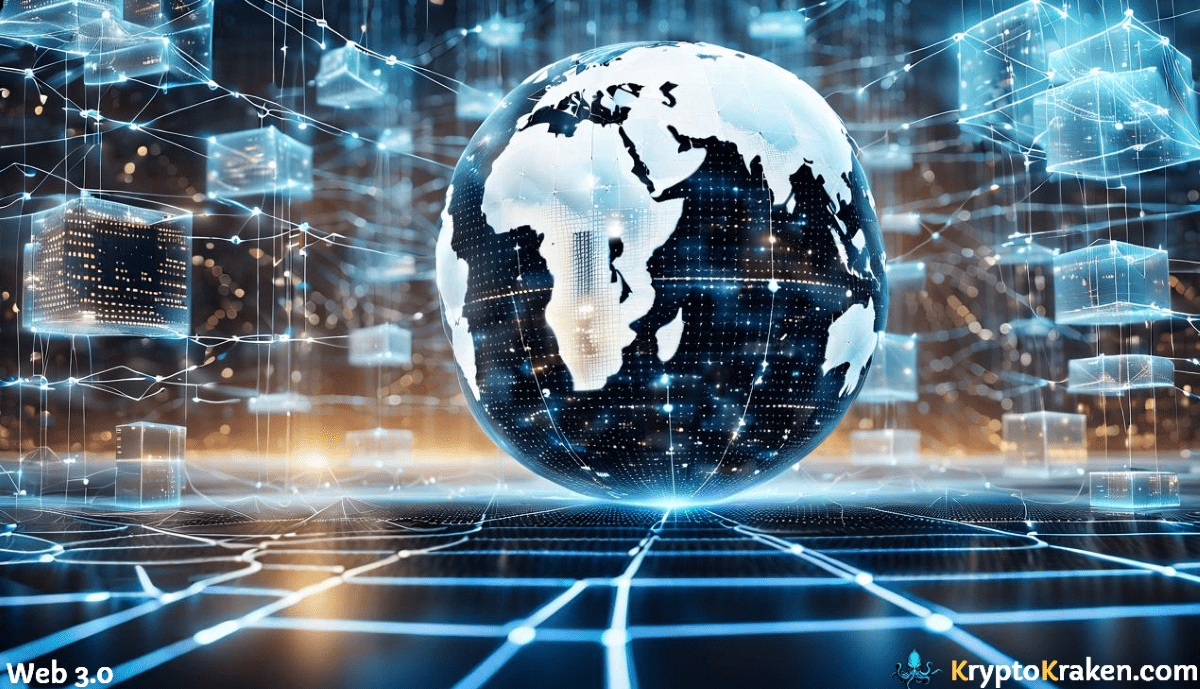

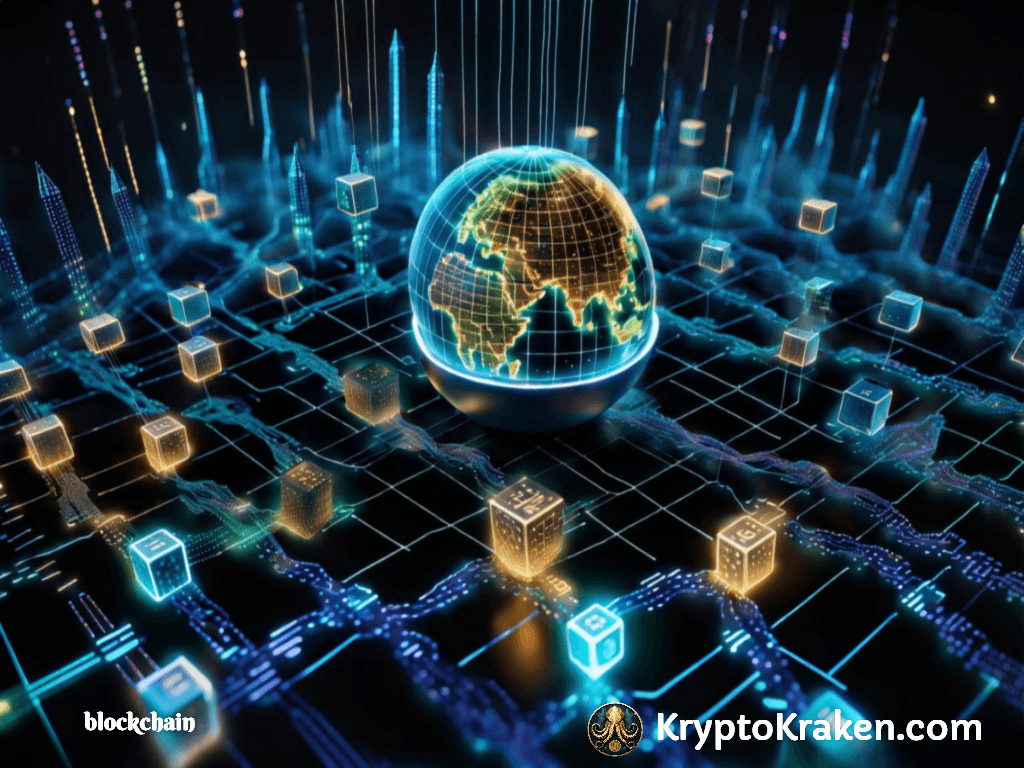


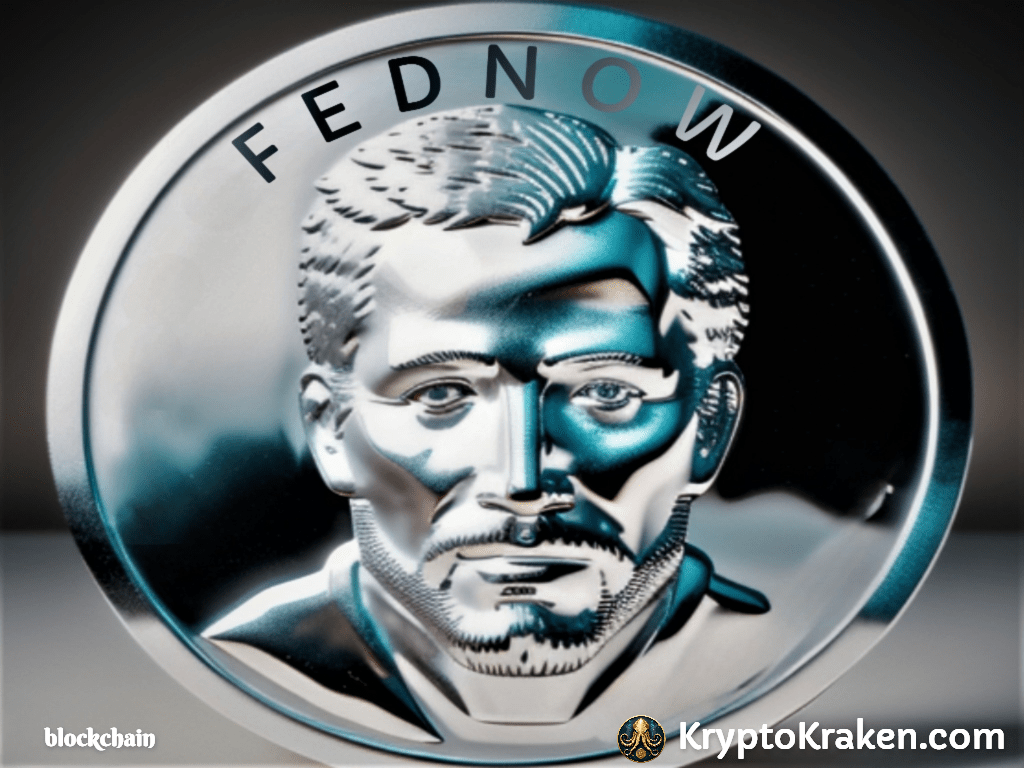


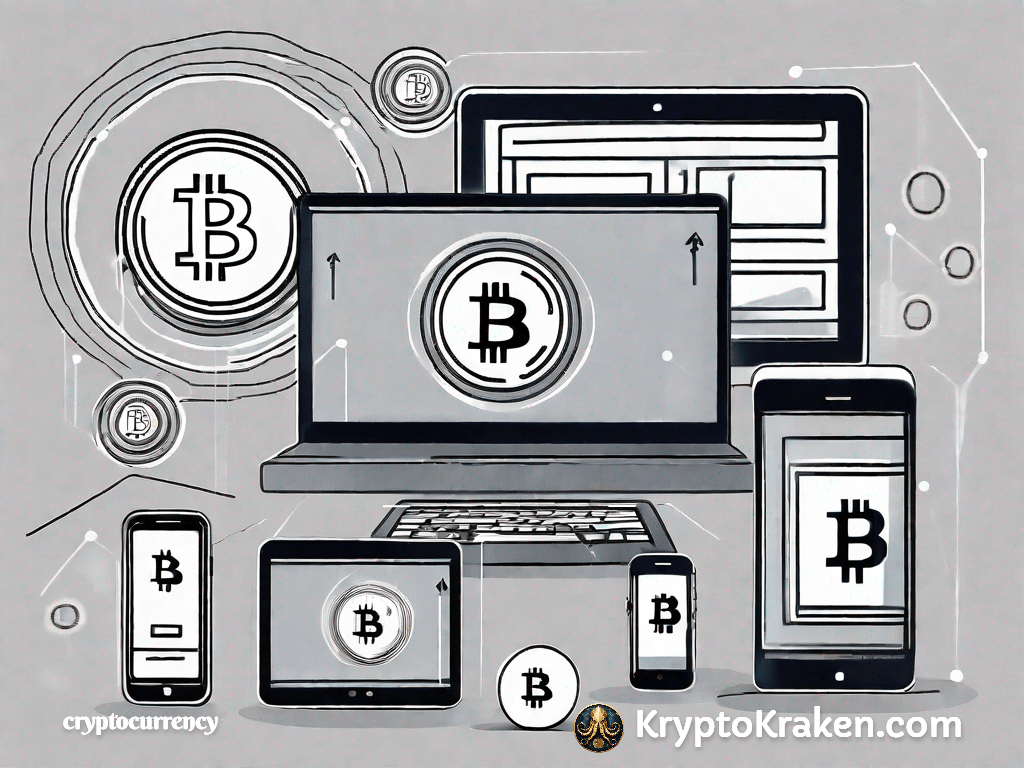




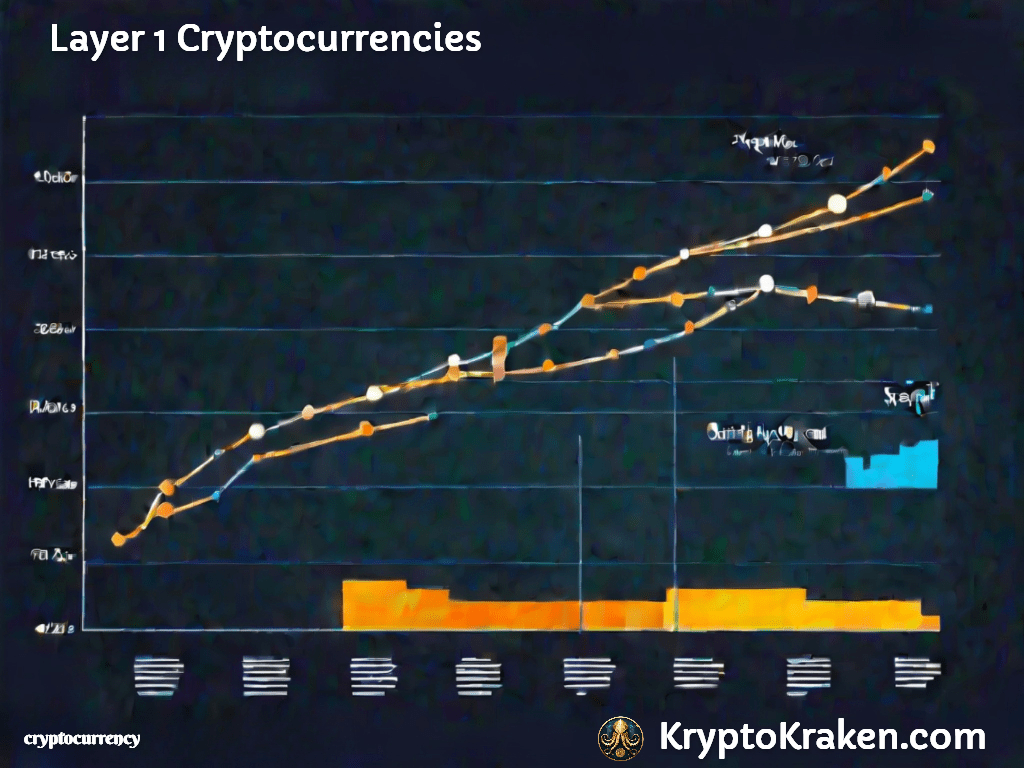


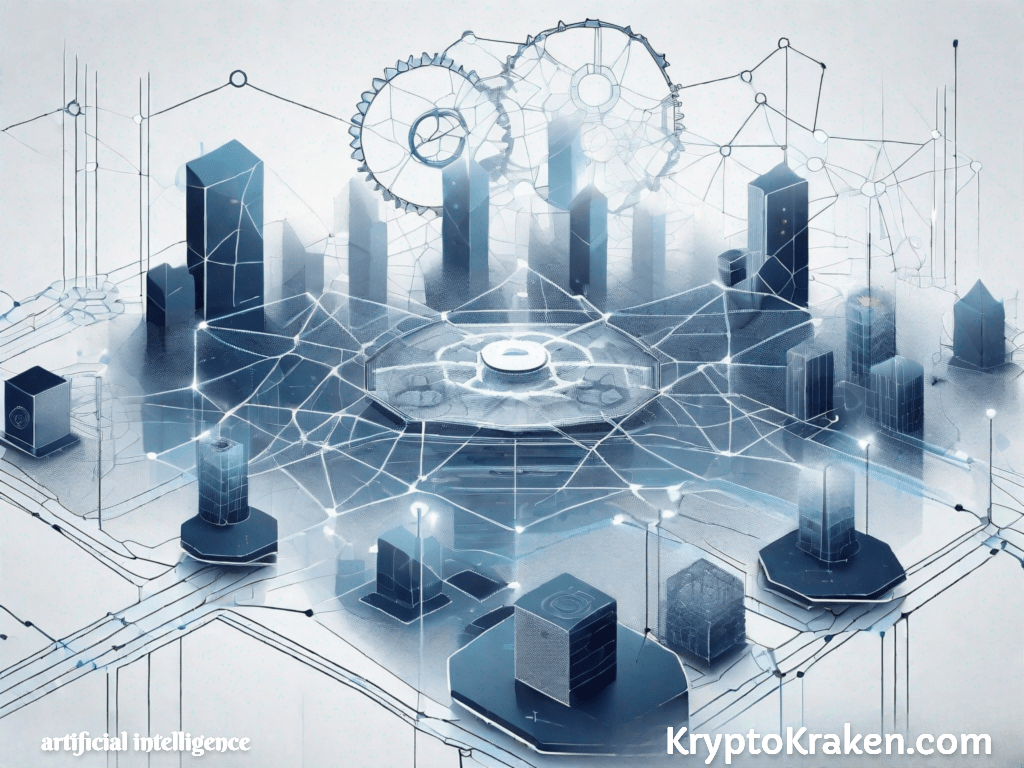

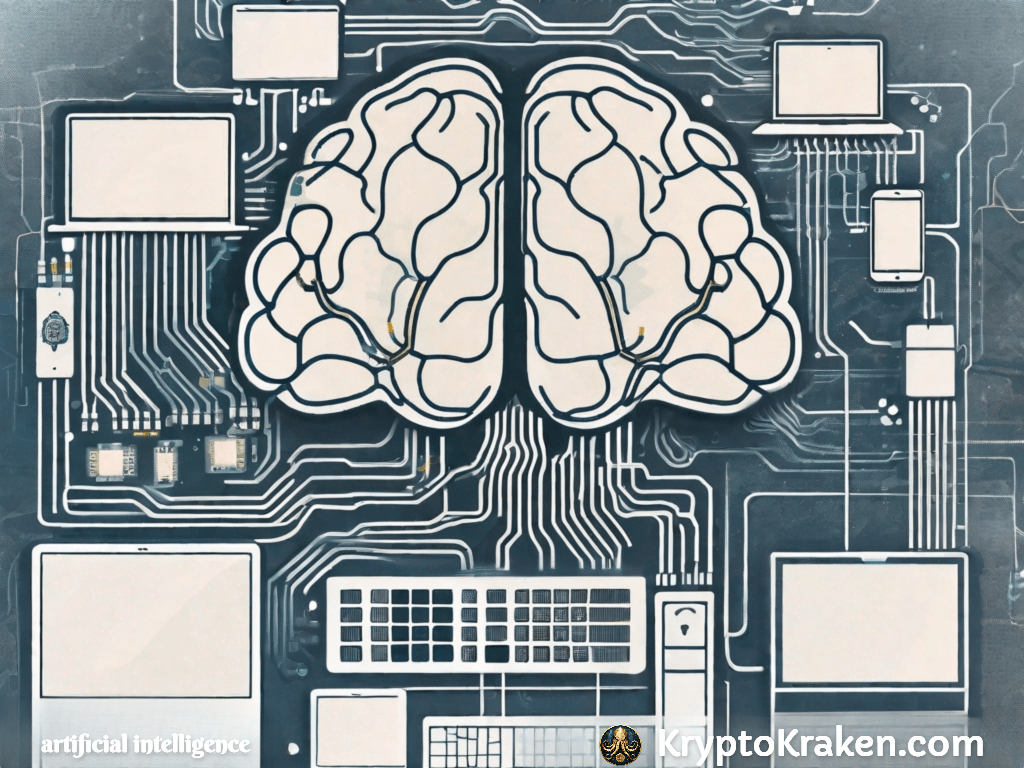
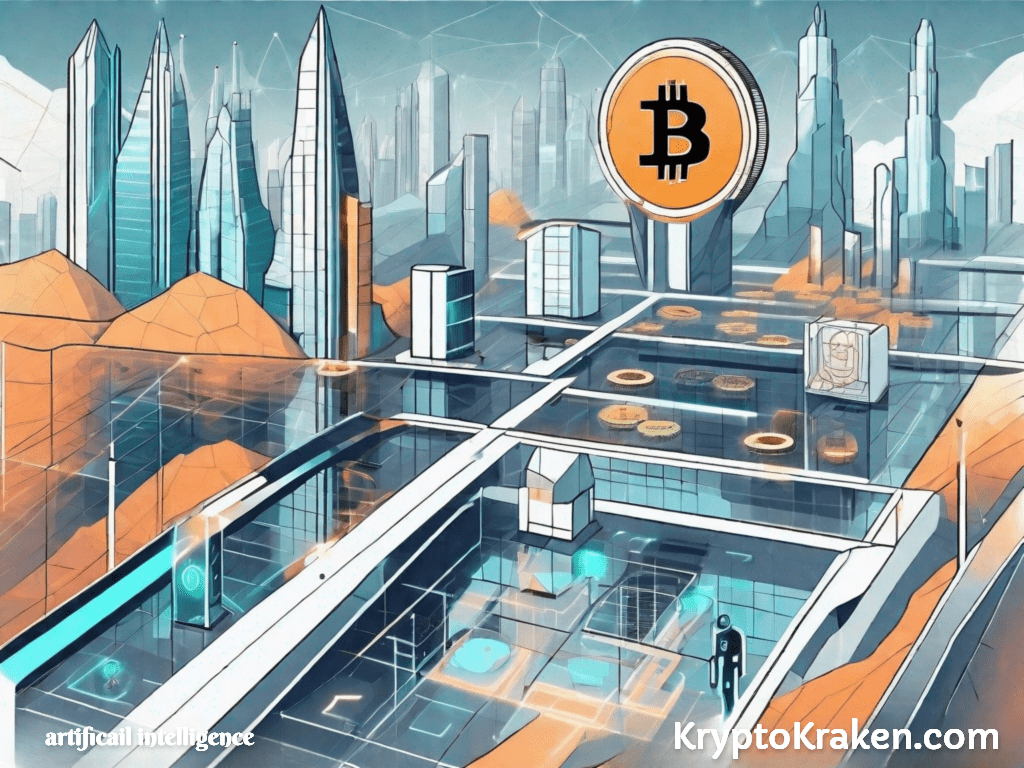
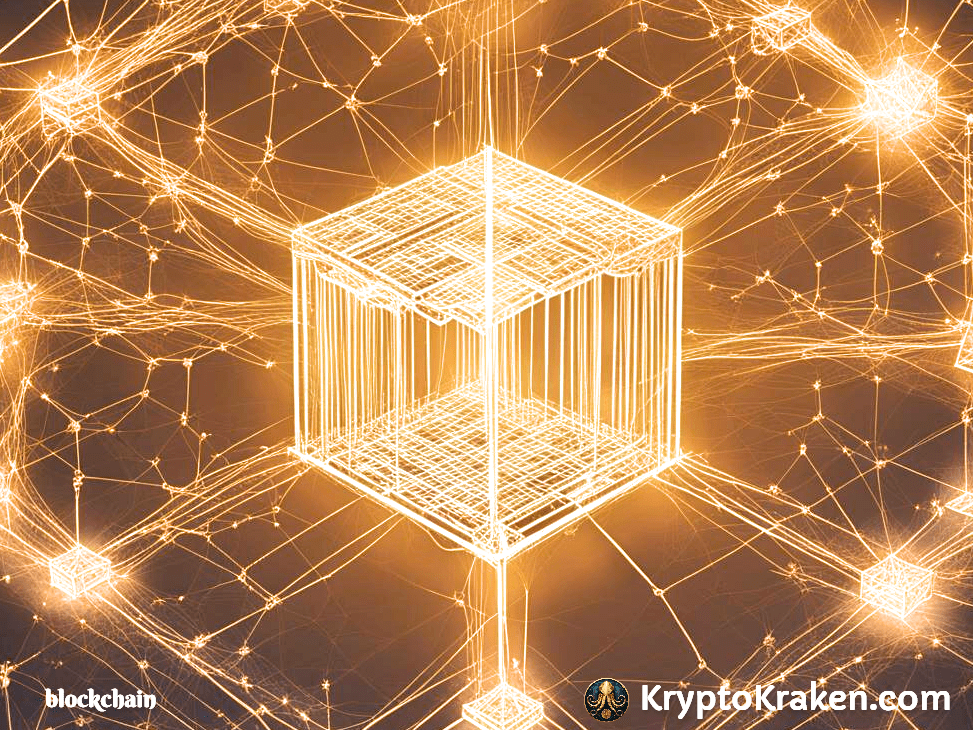
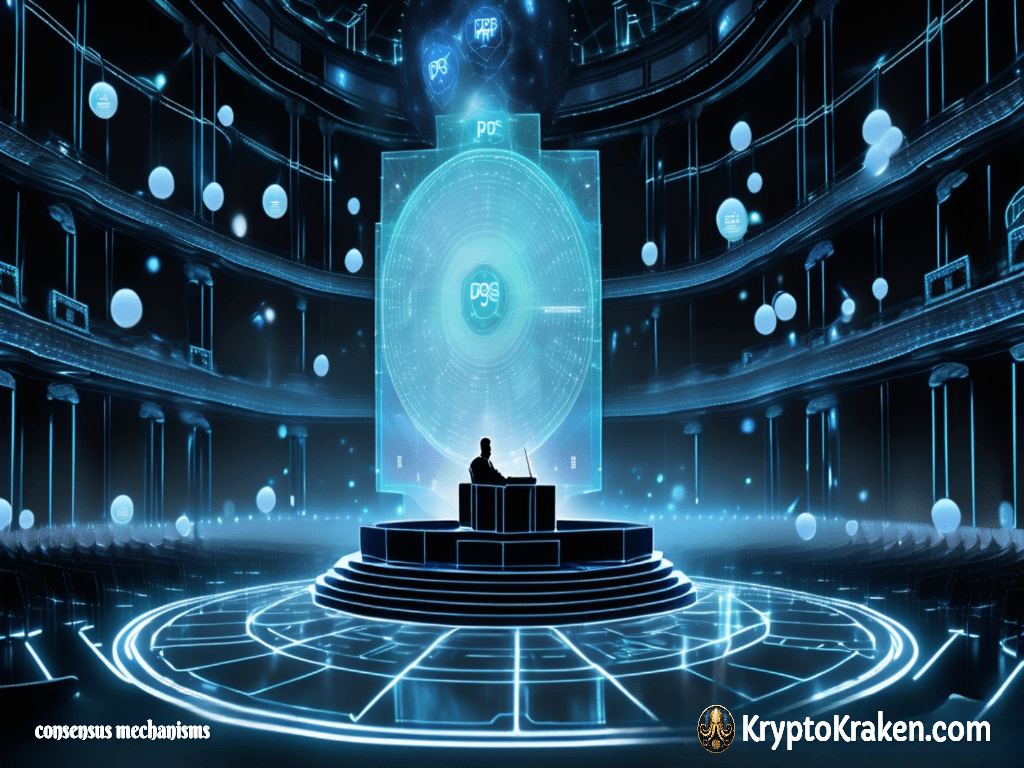
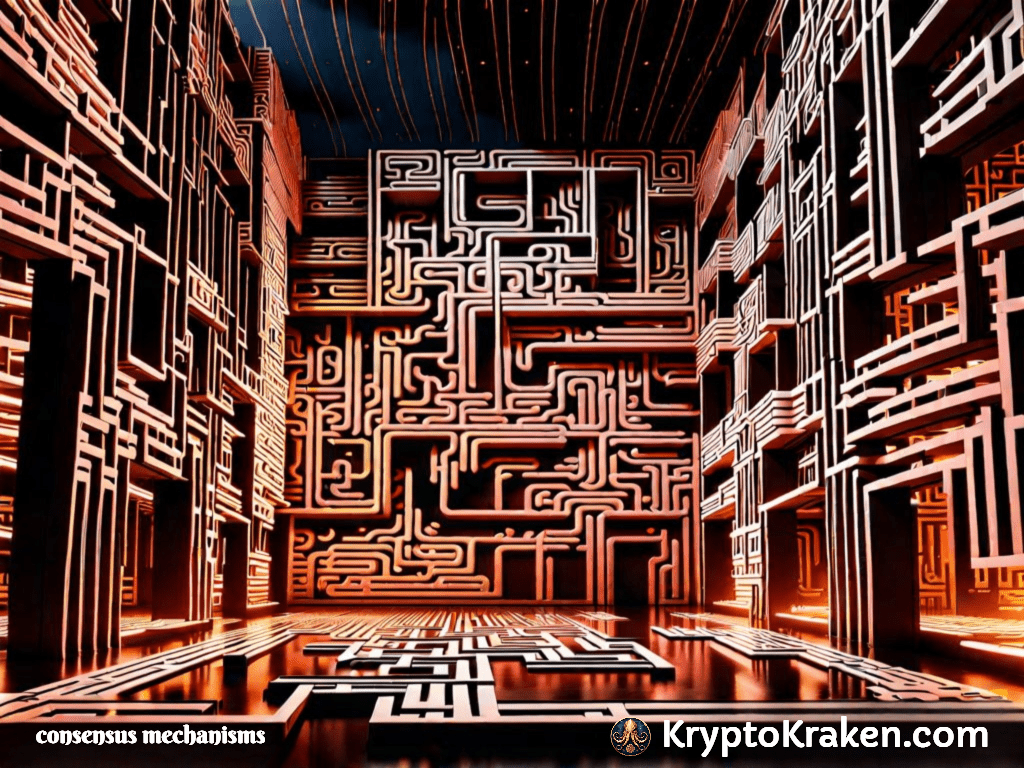

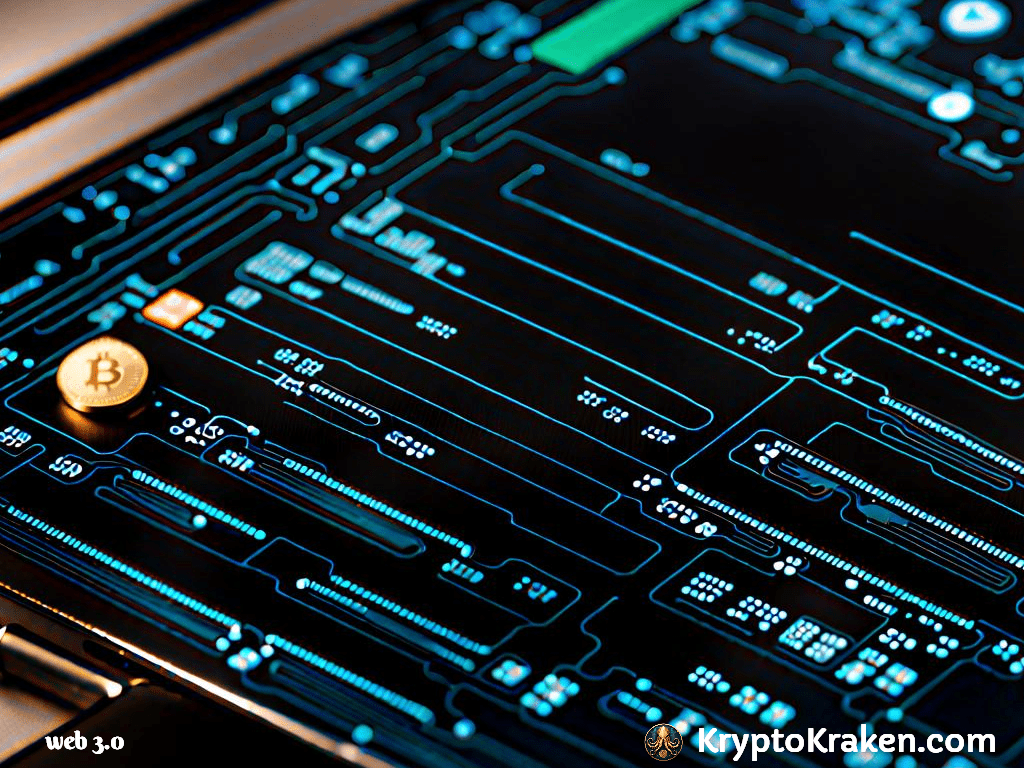



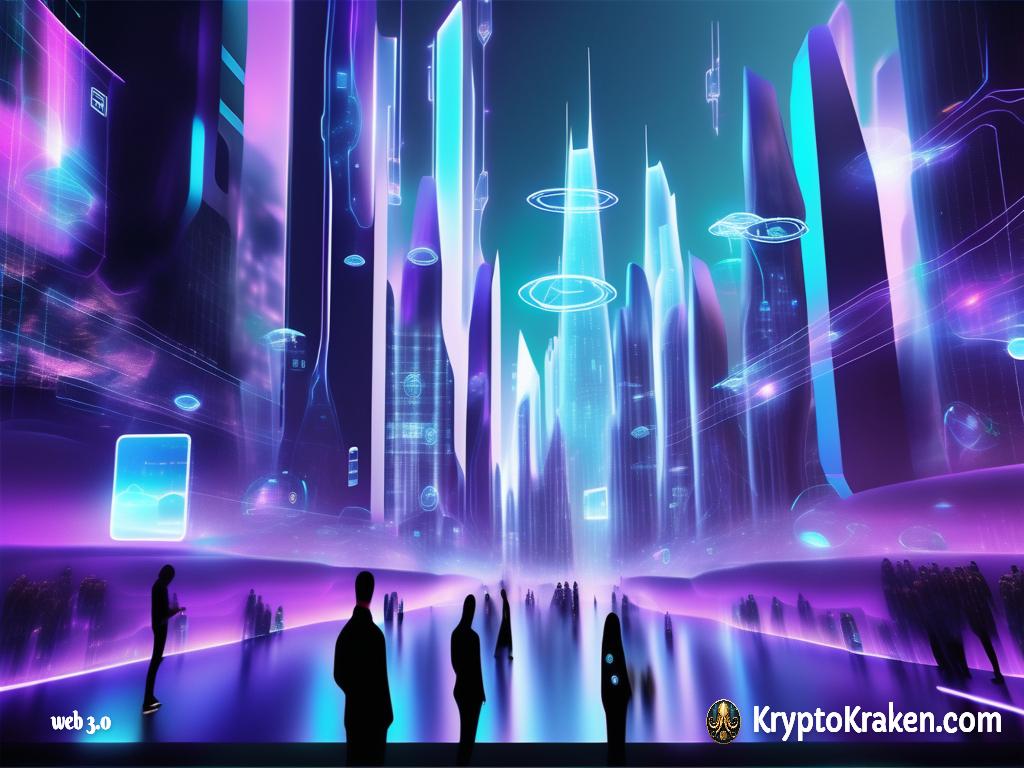
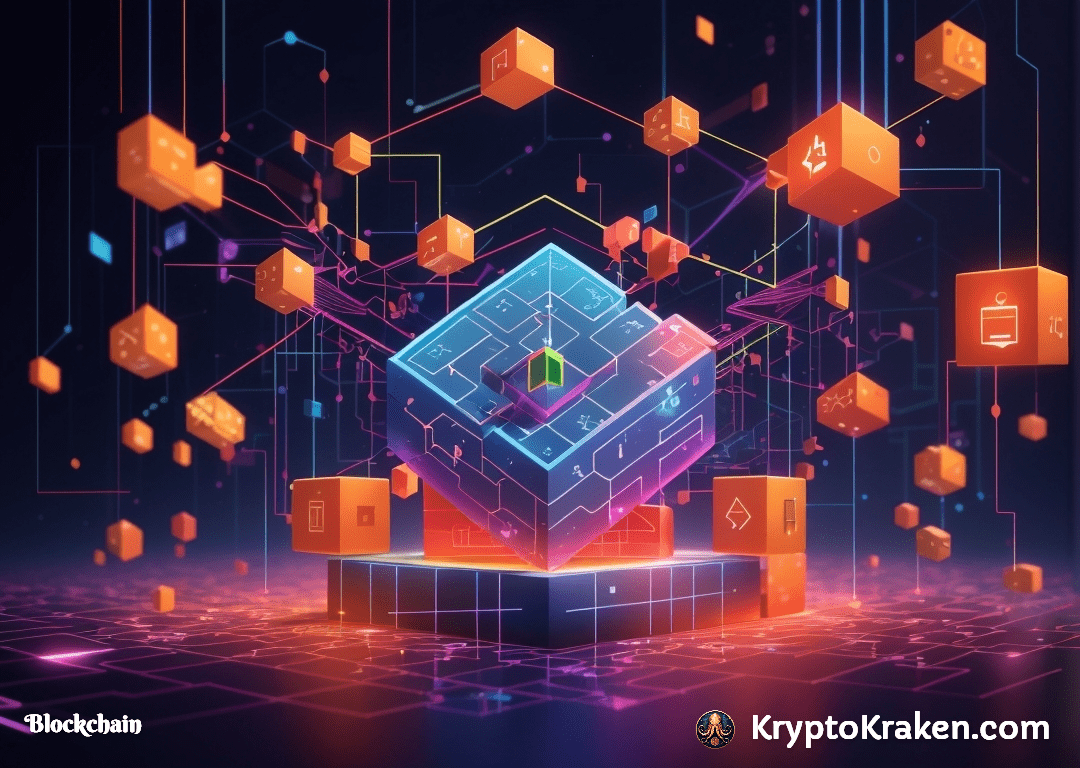
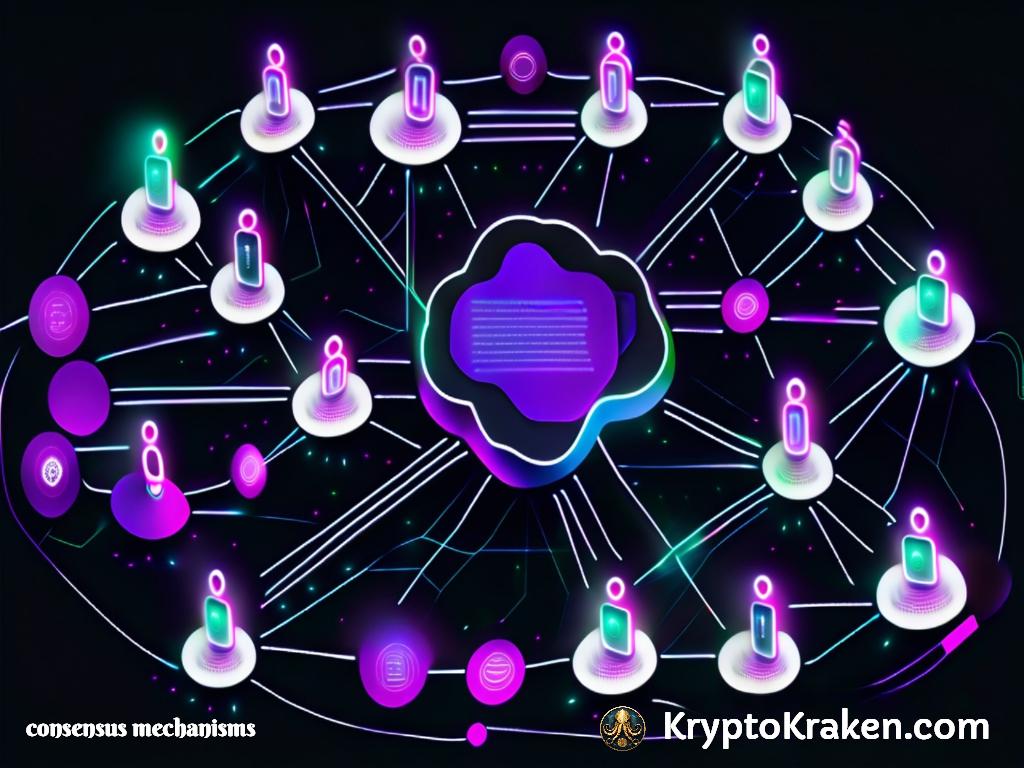
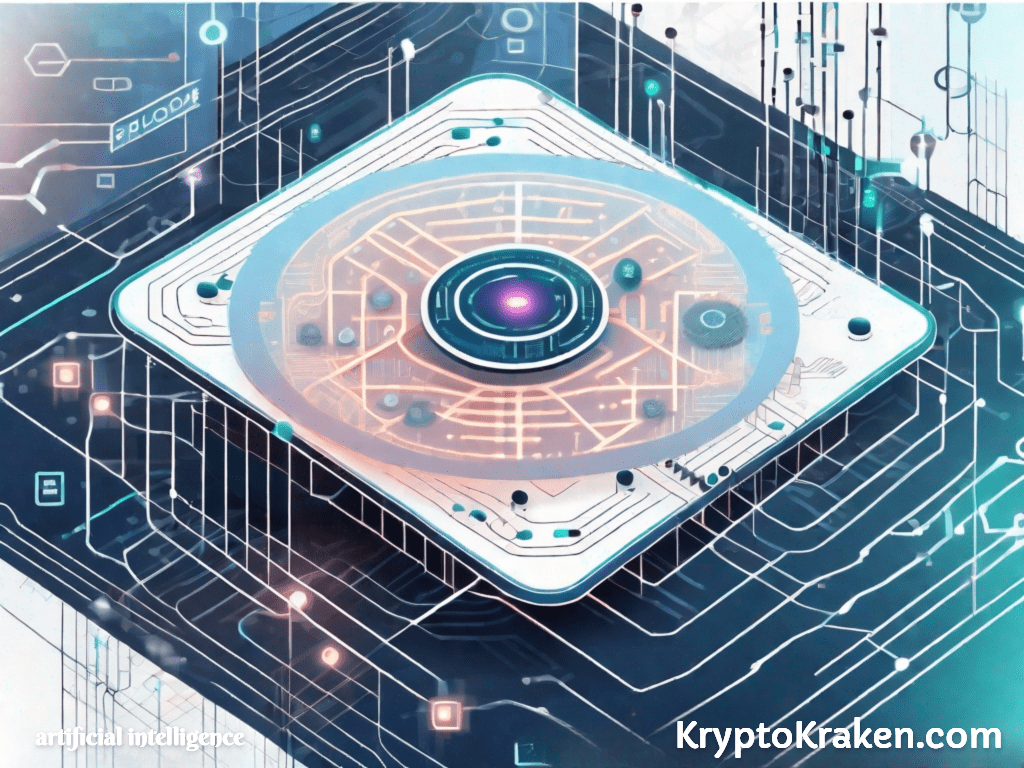
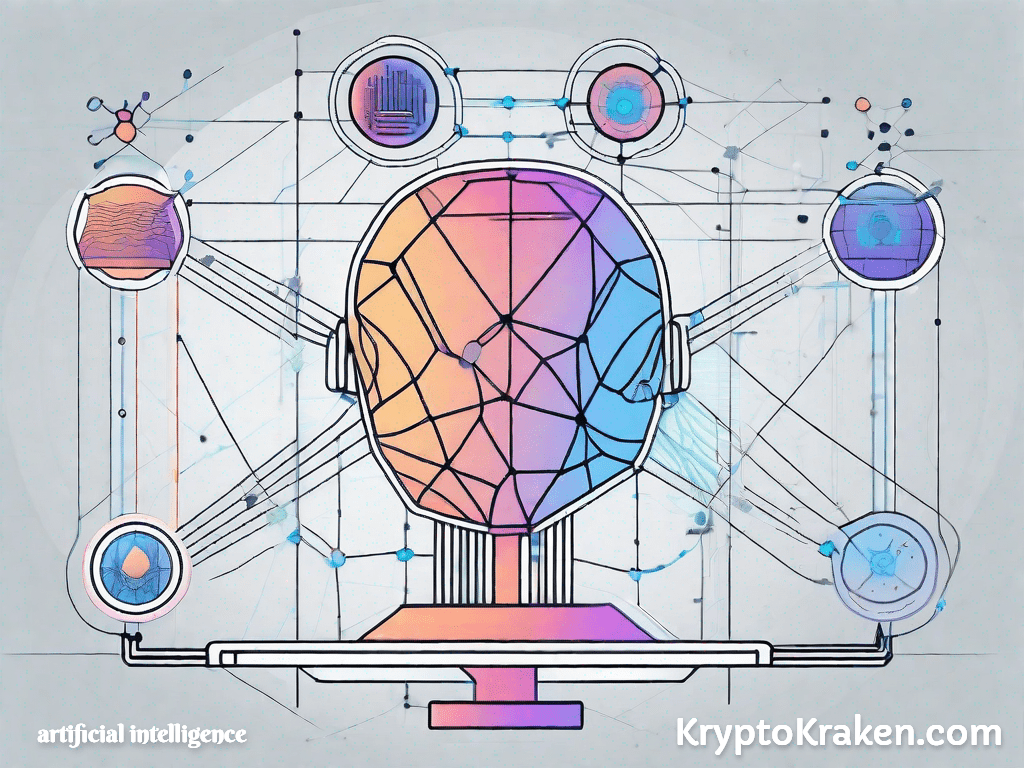

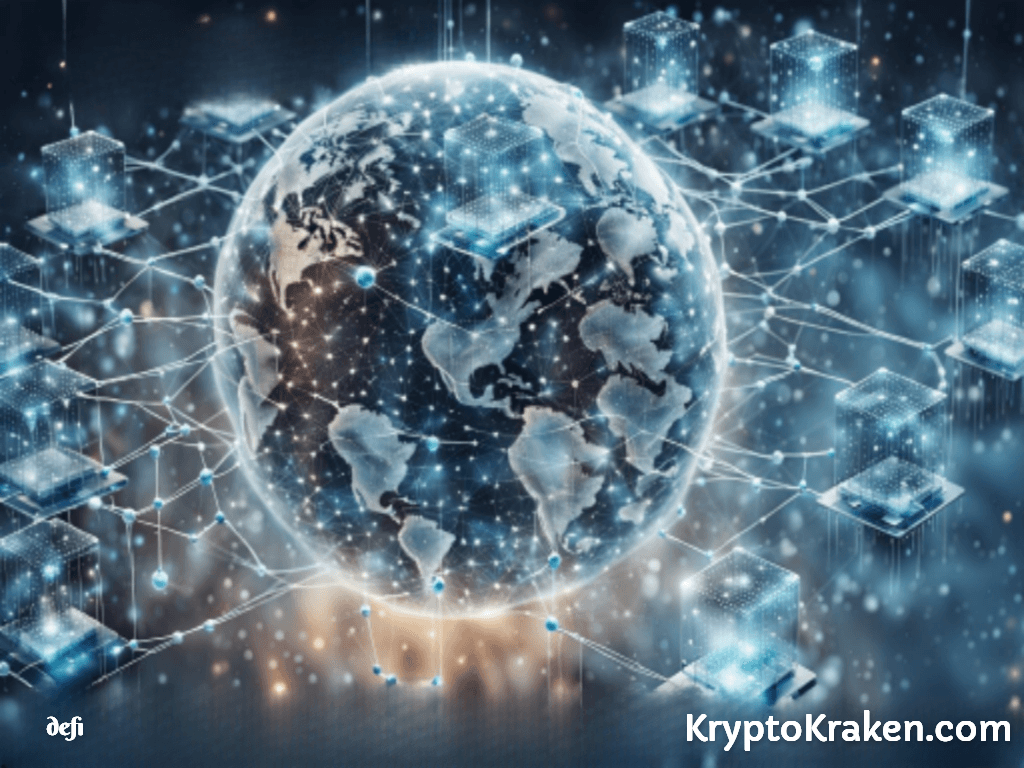
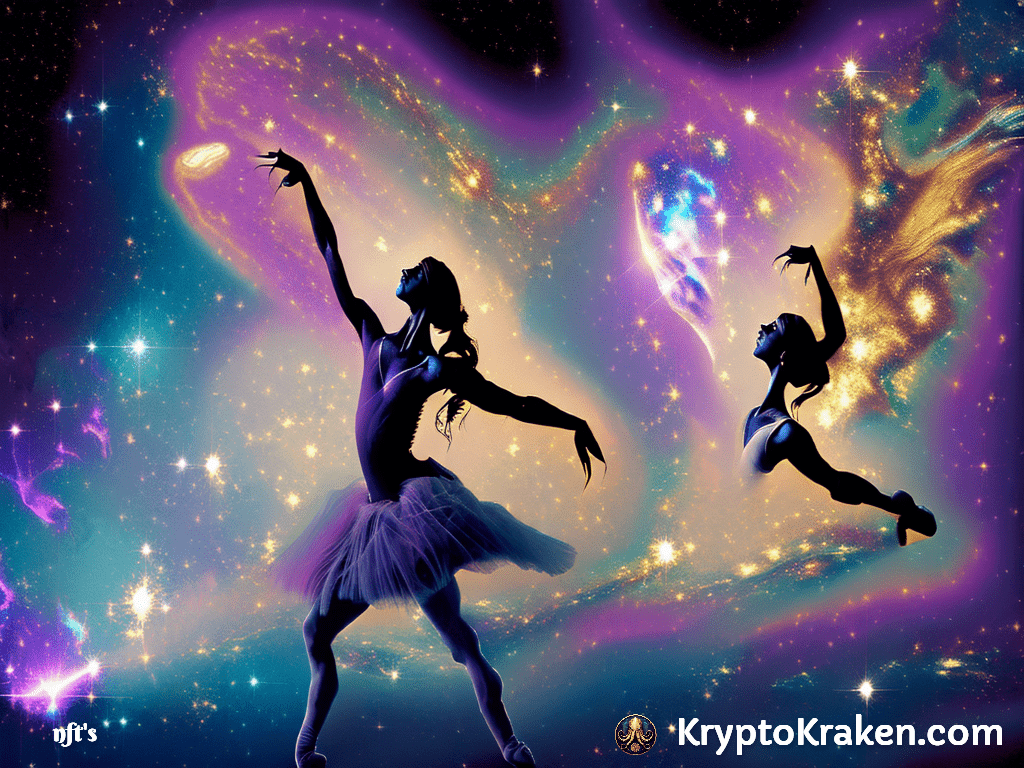
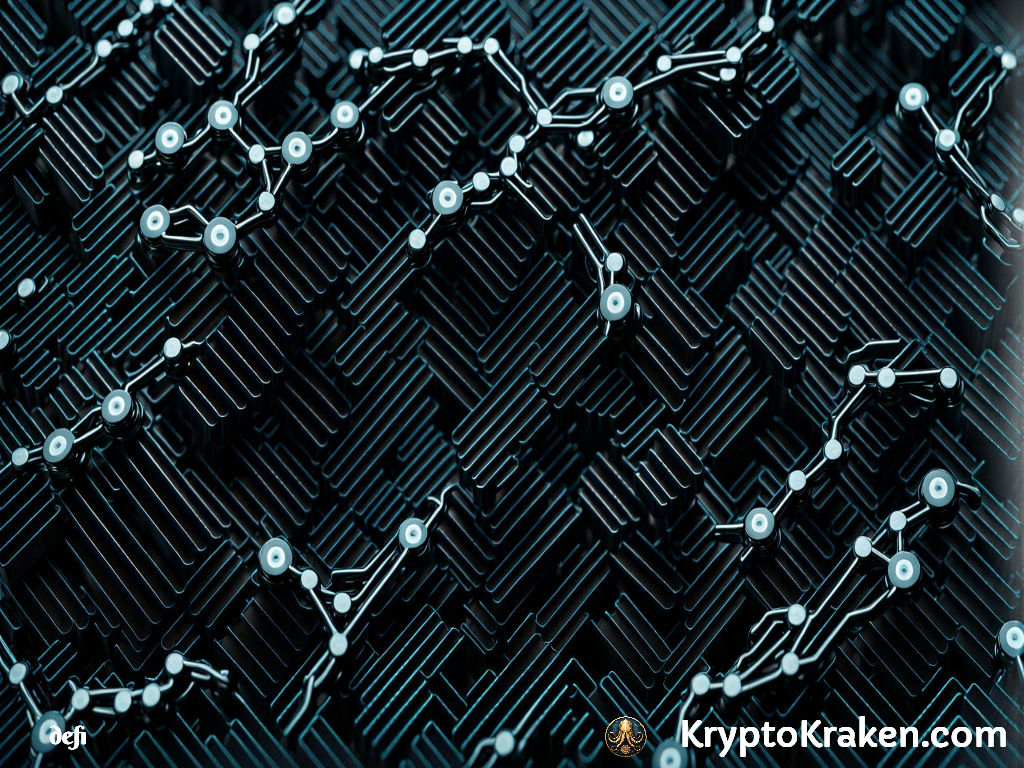
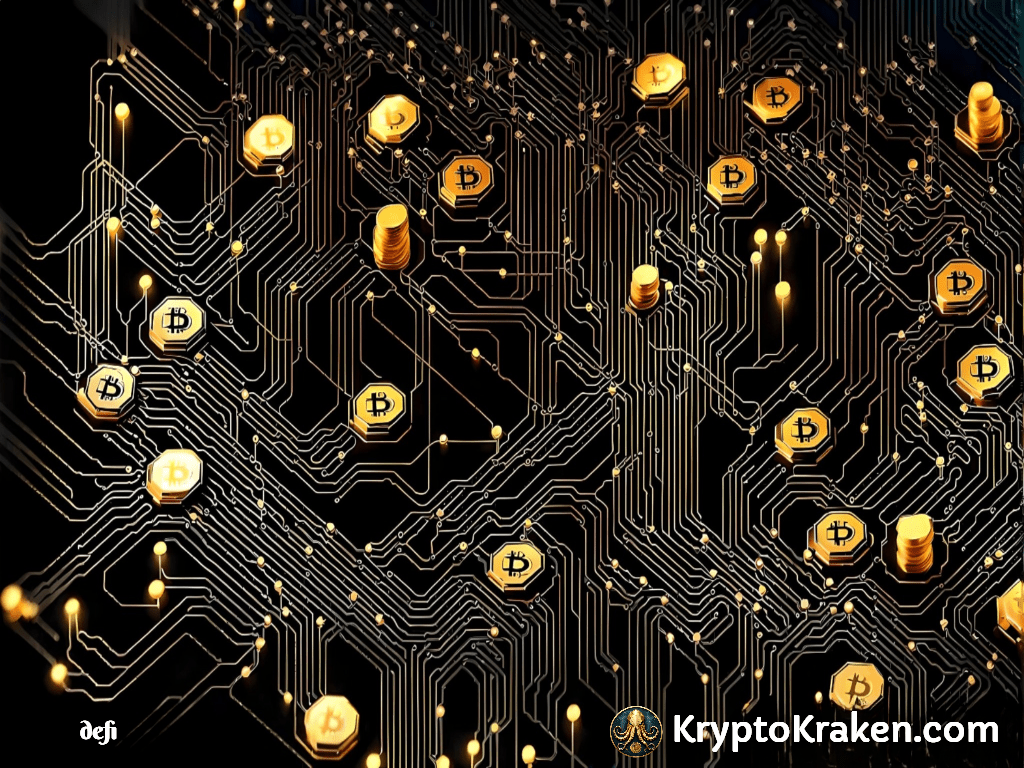

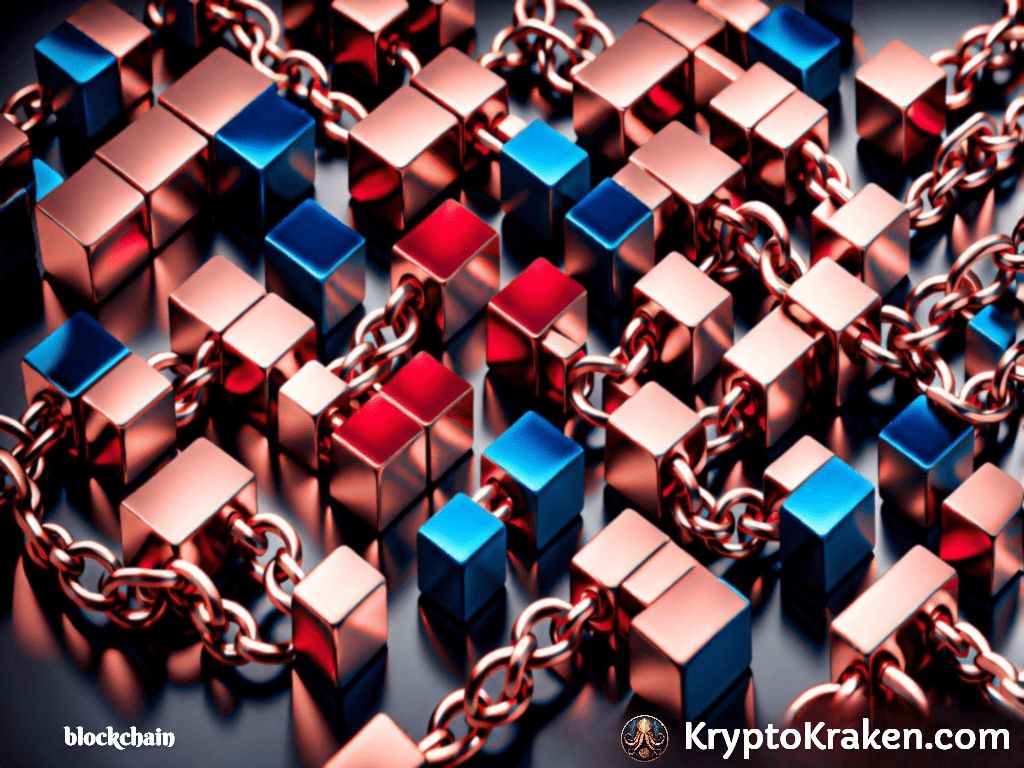


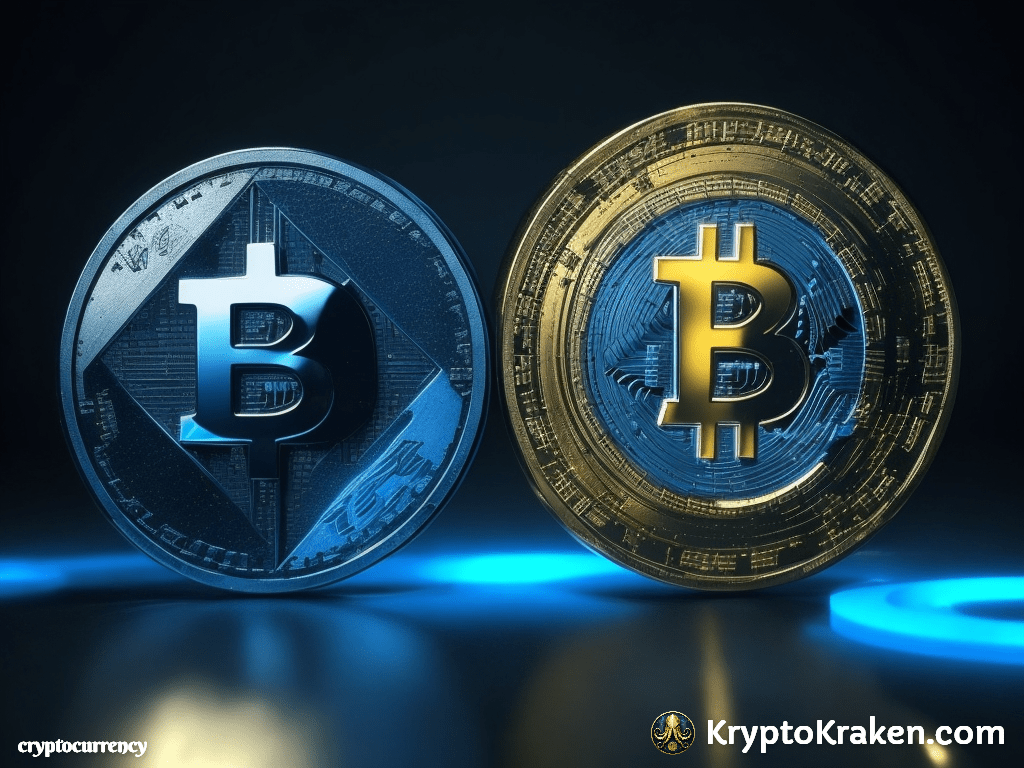
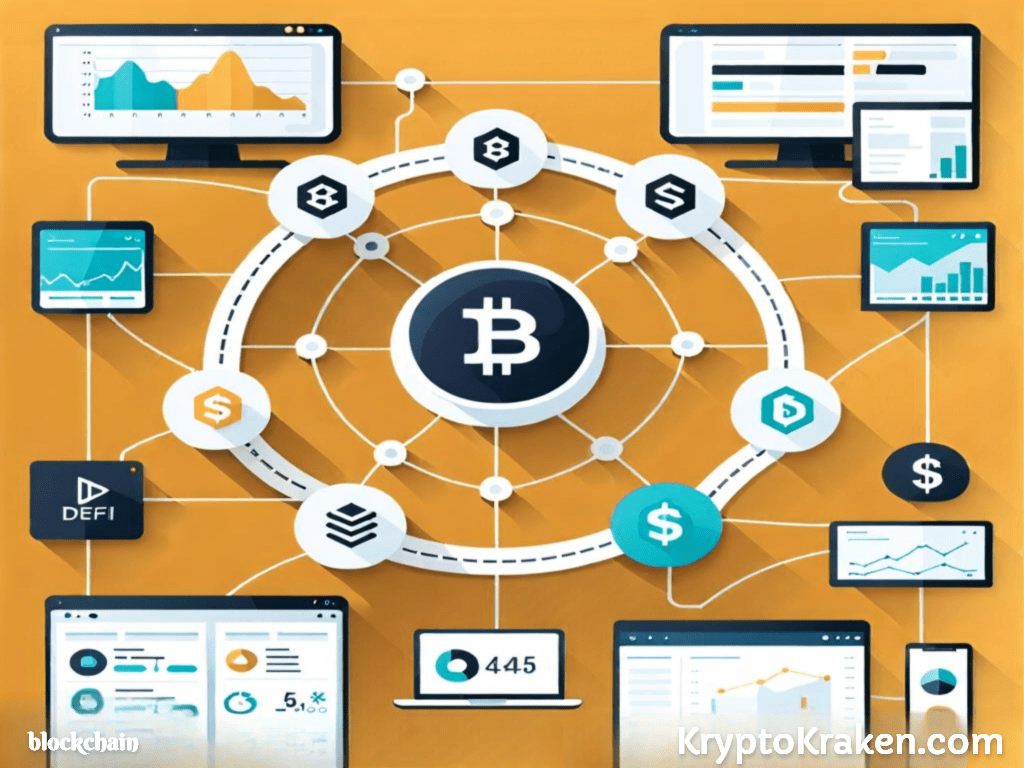
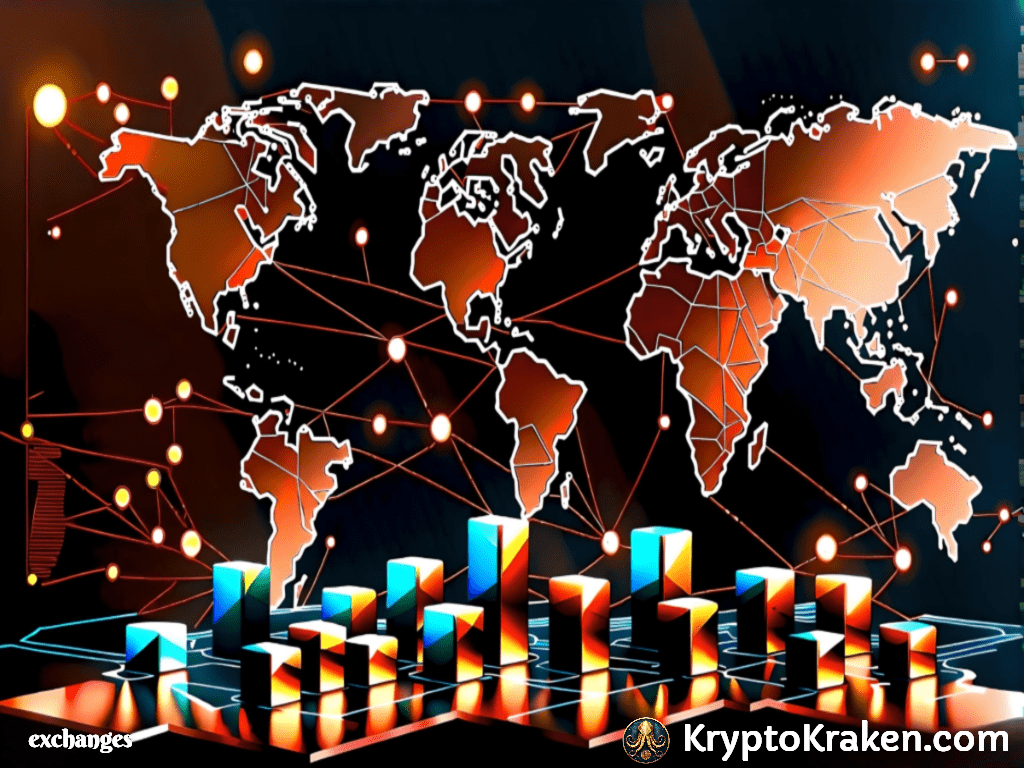
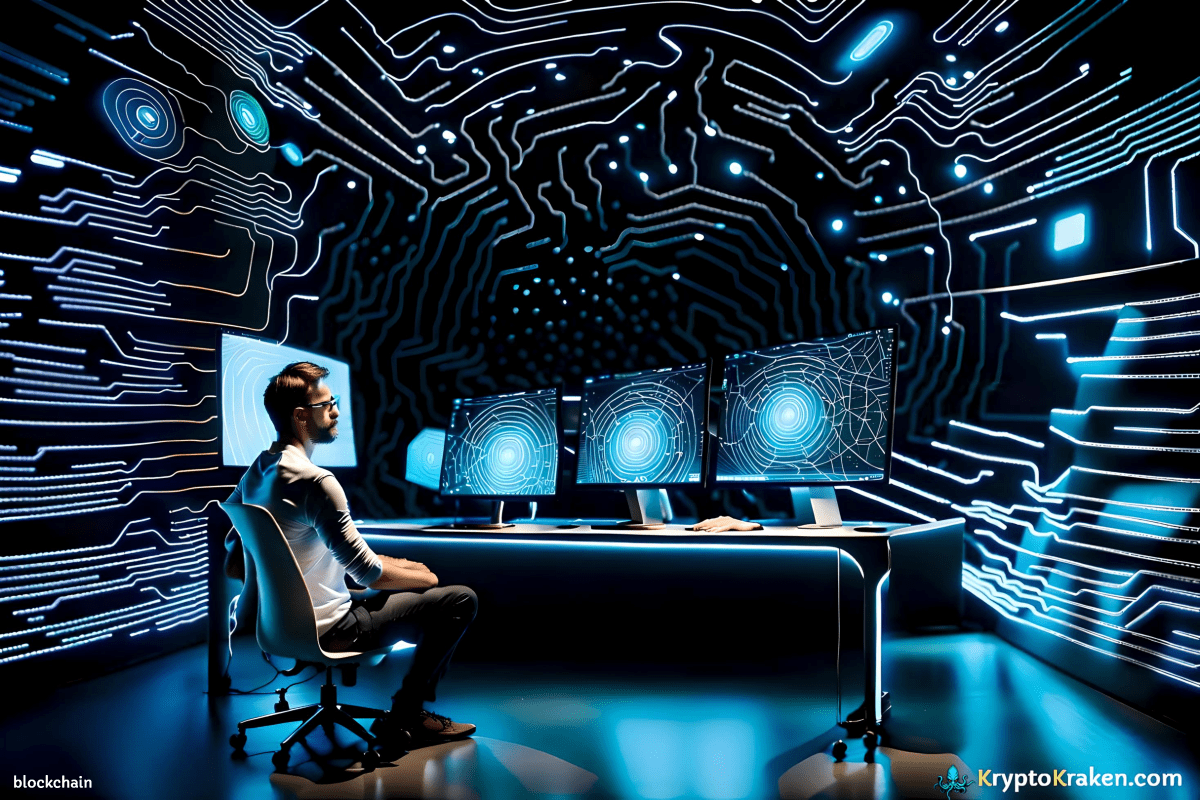
1 comment on “What Is Web 3.0? A Definition and Explanation”